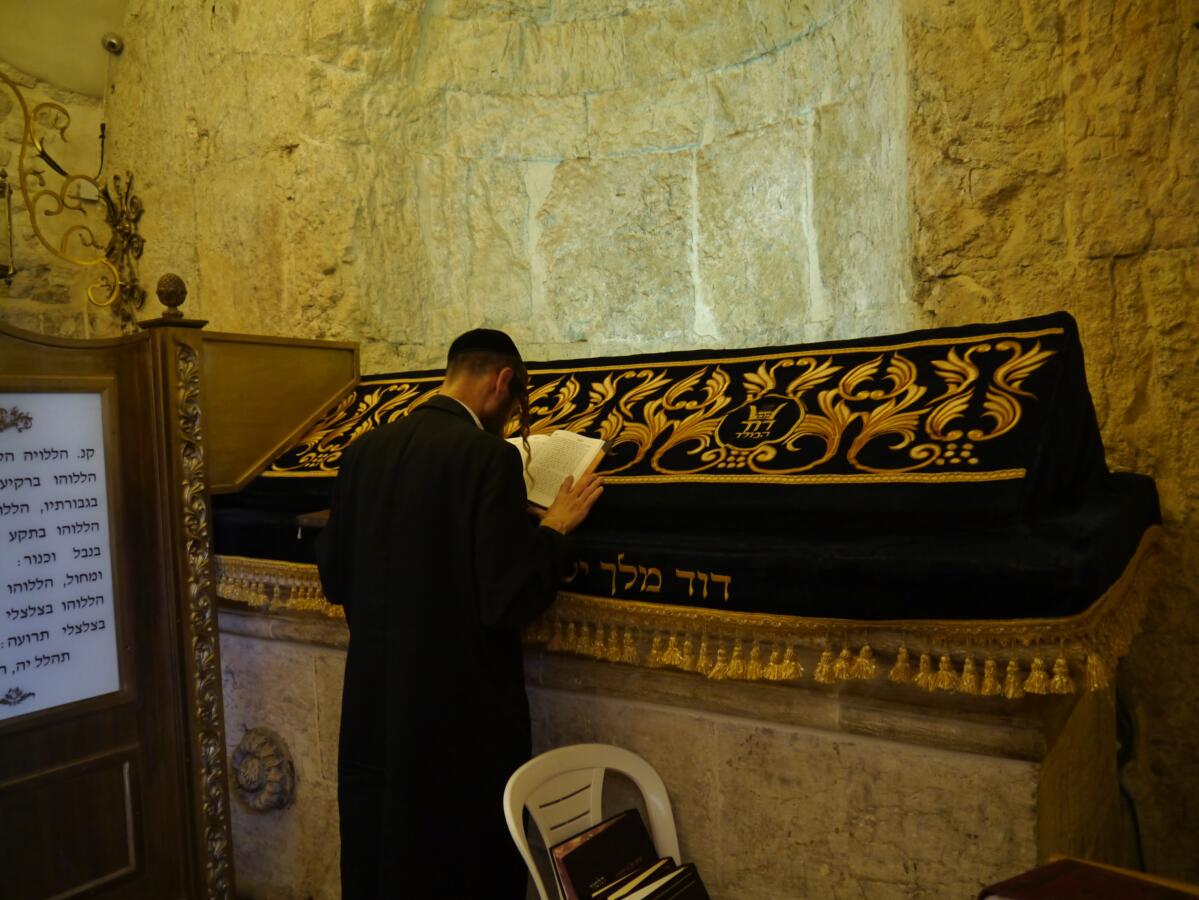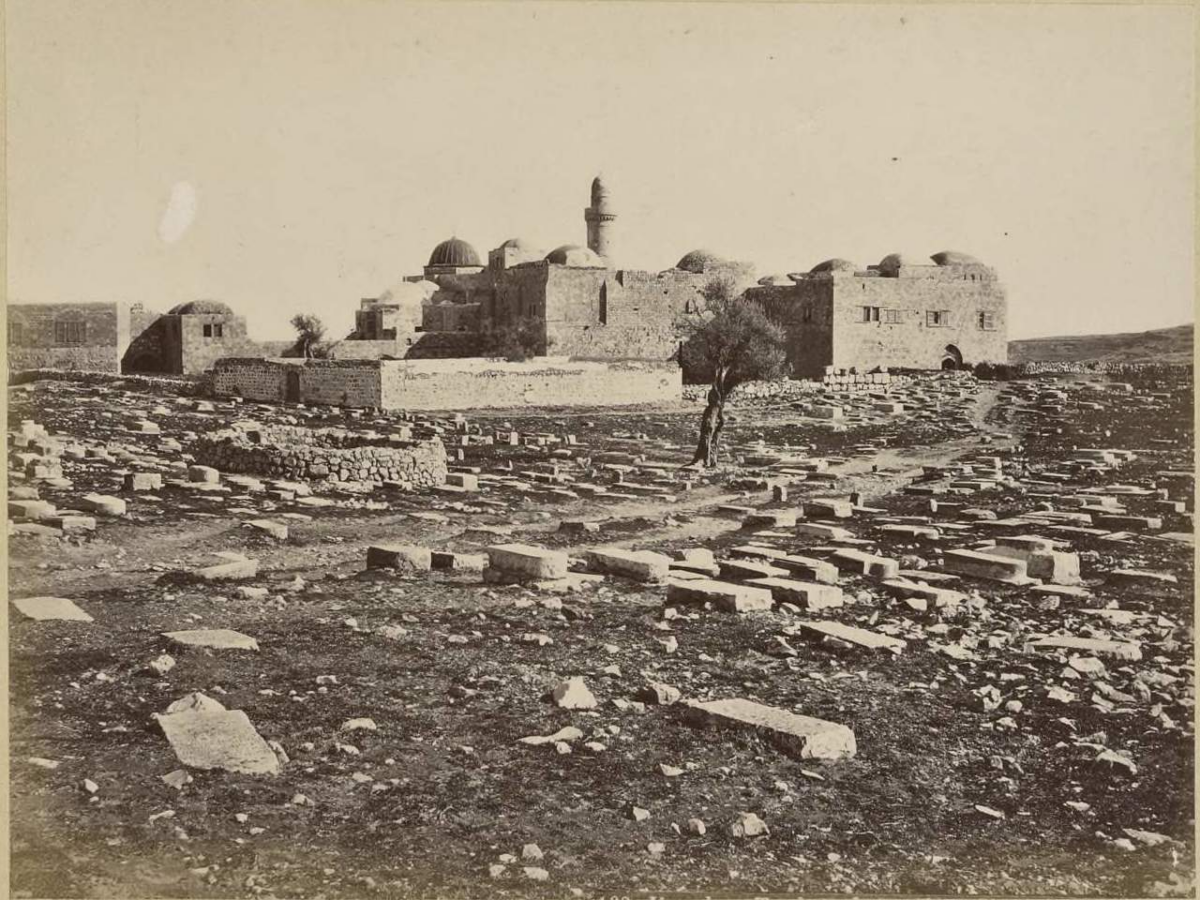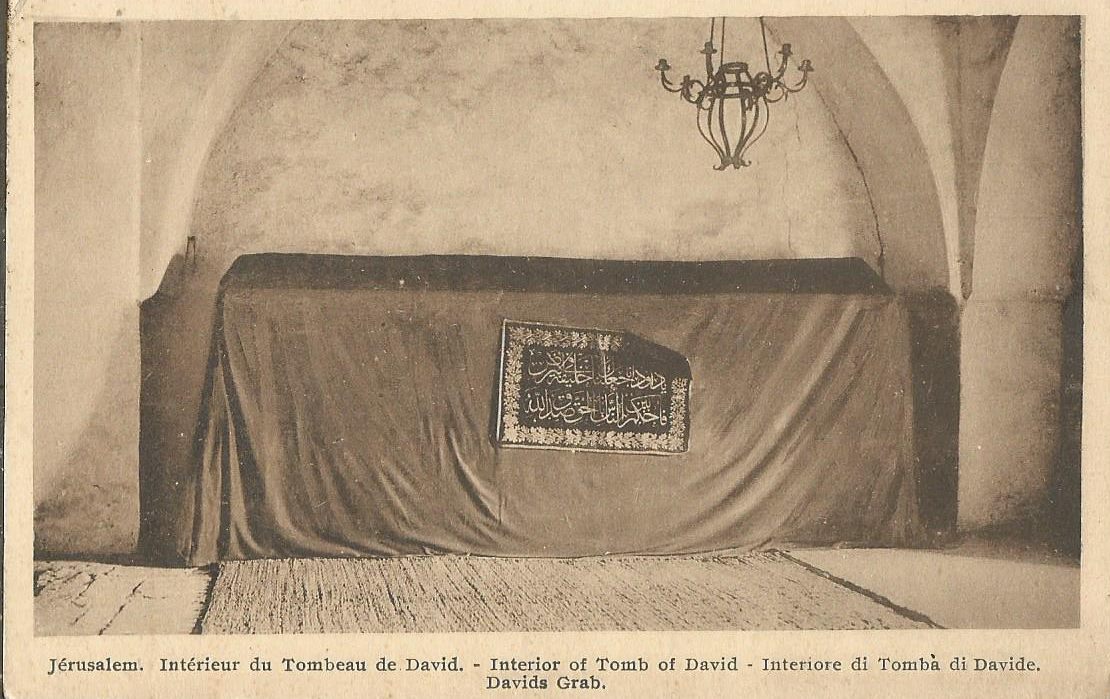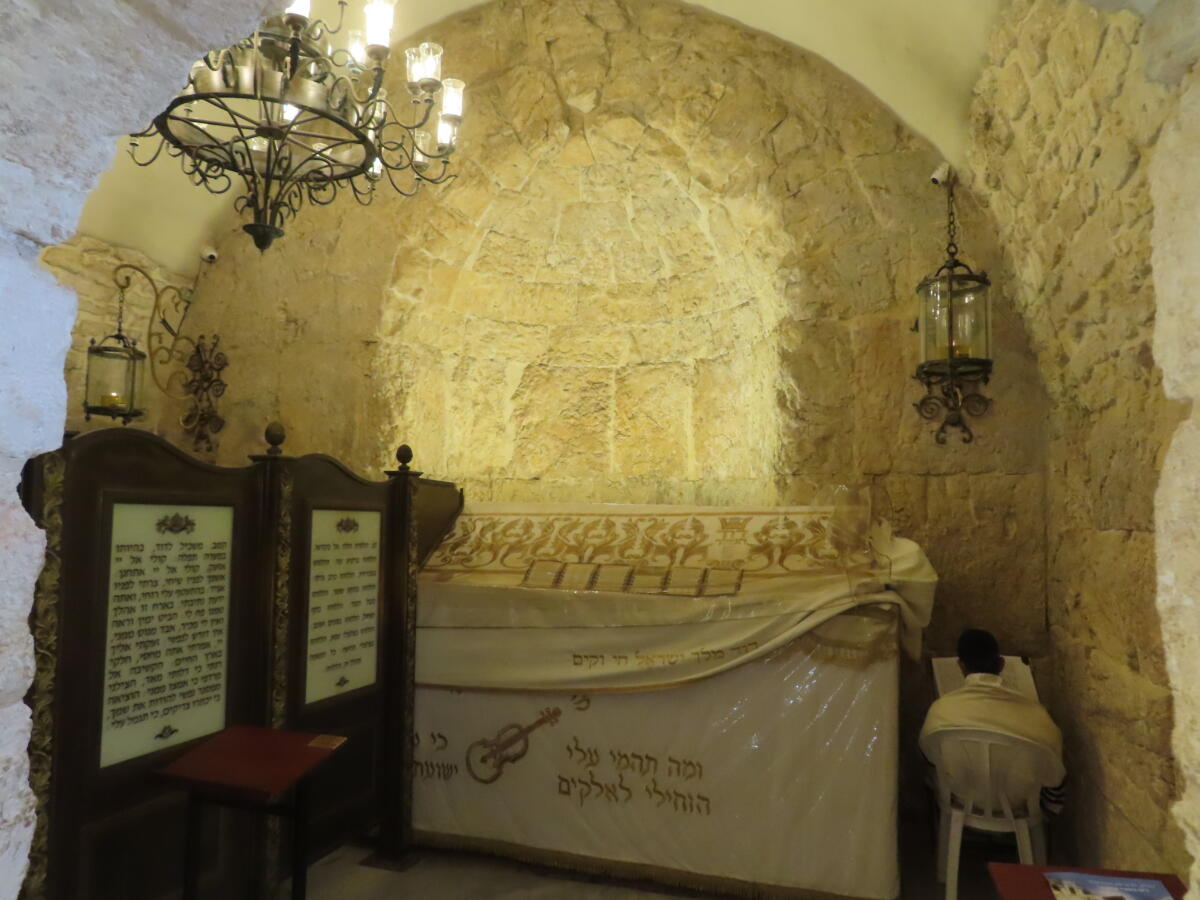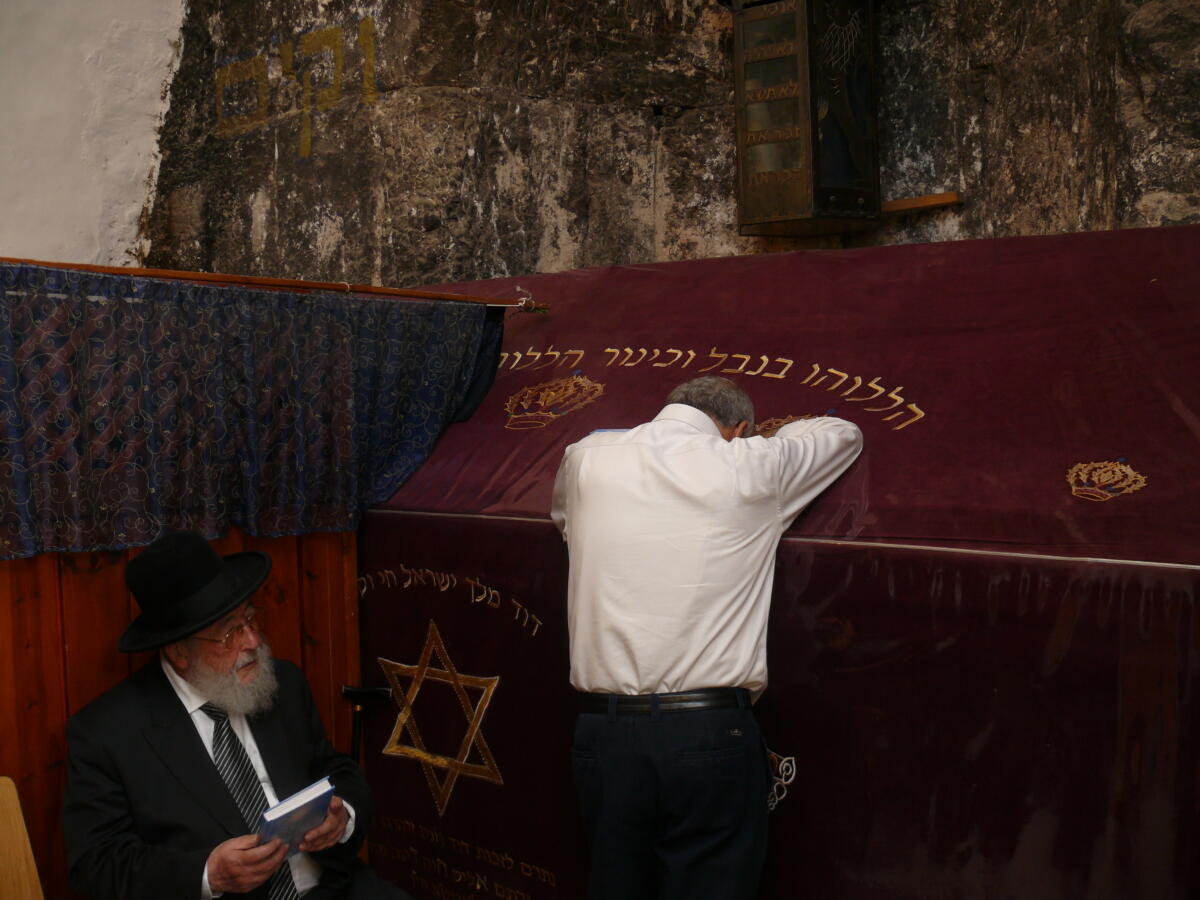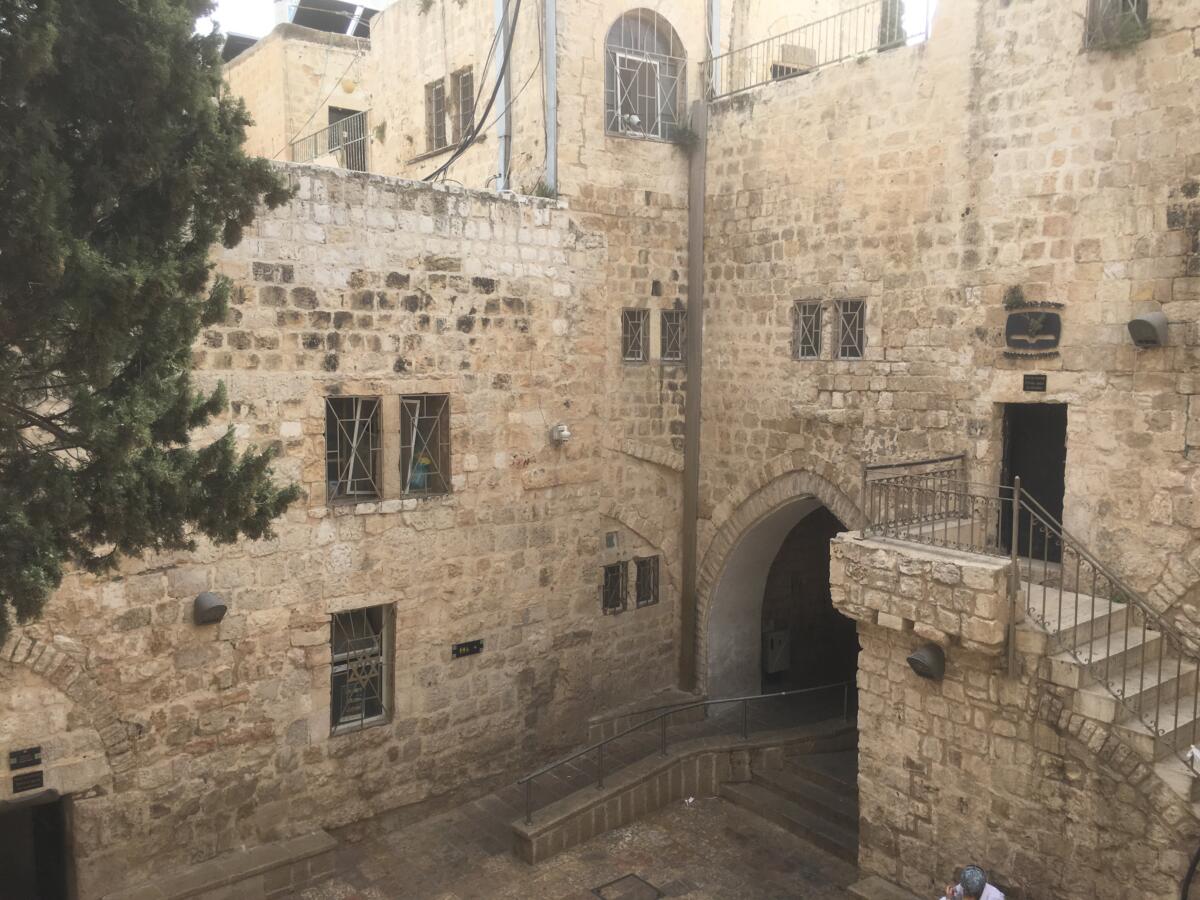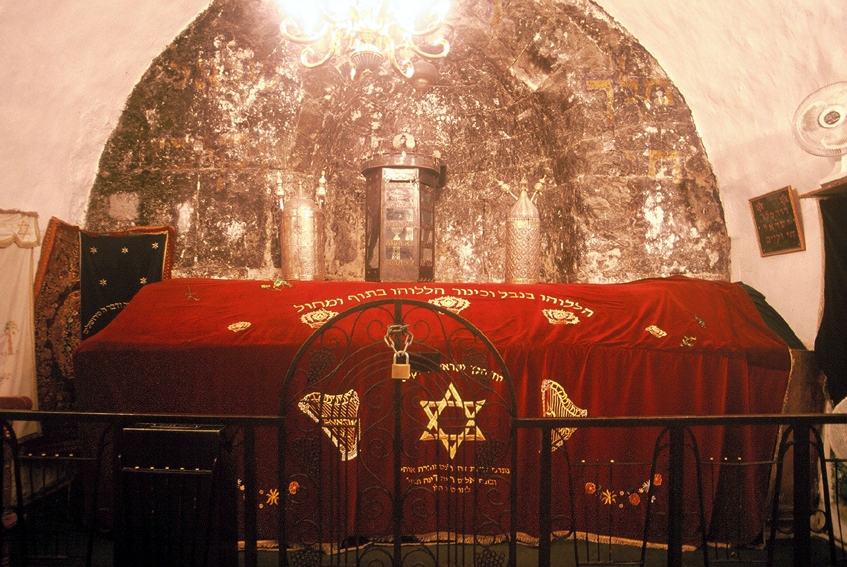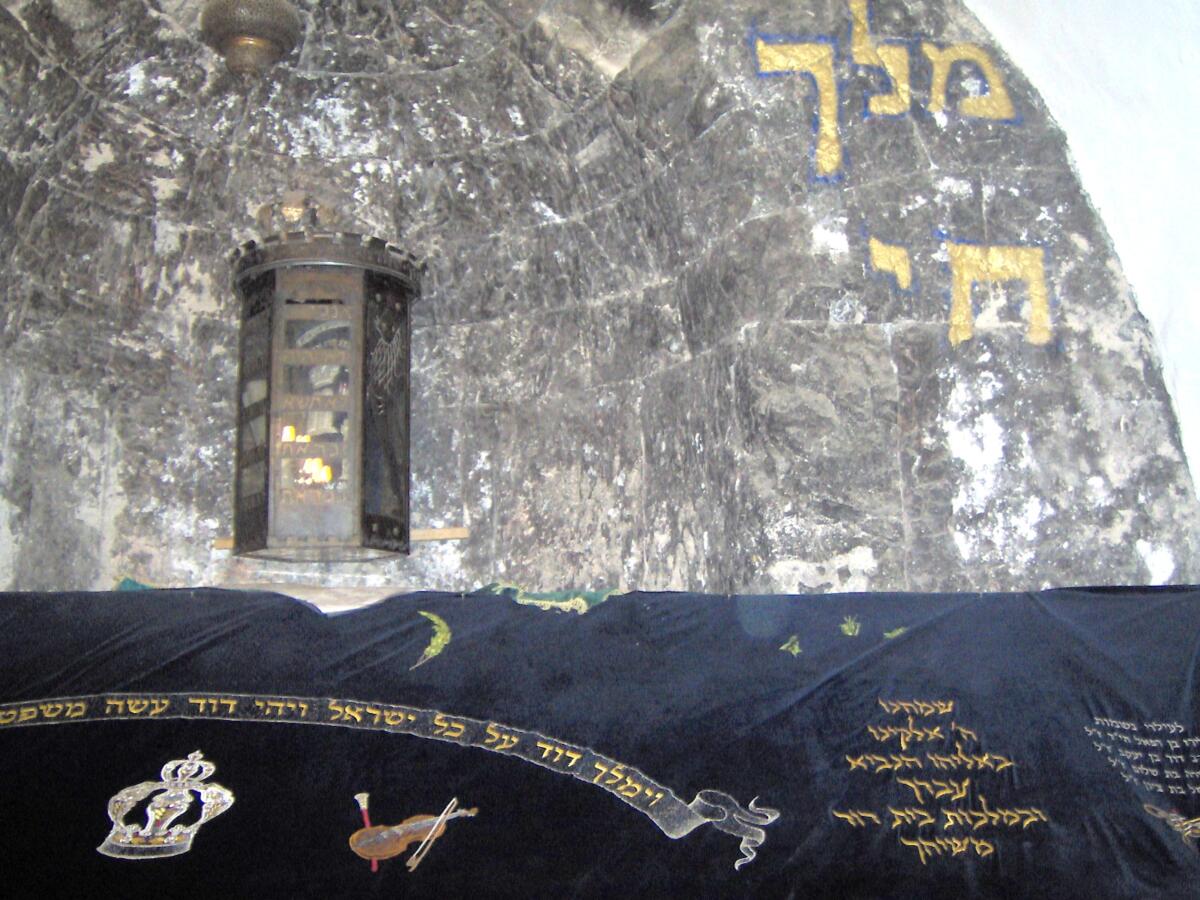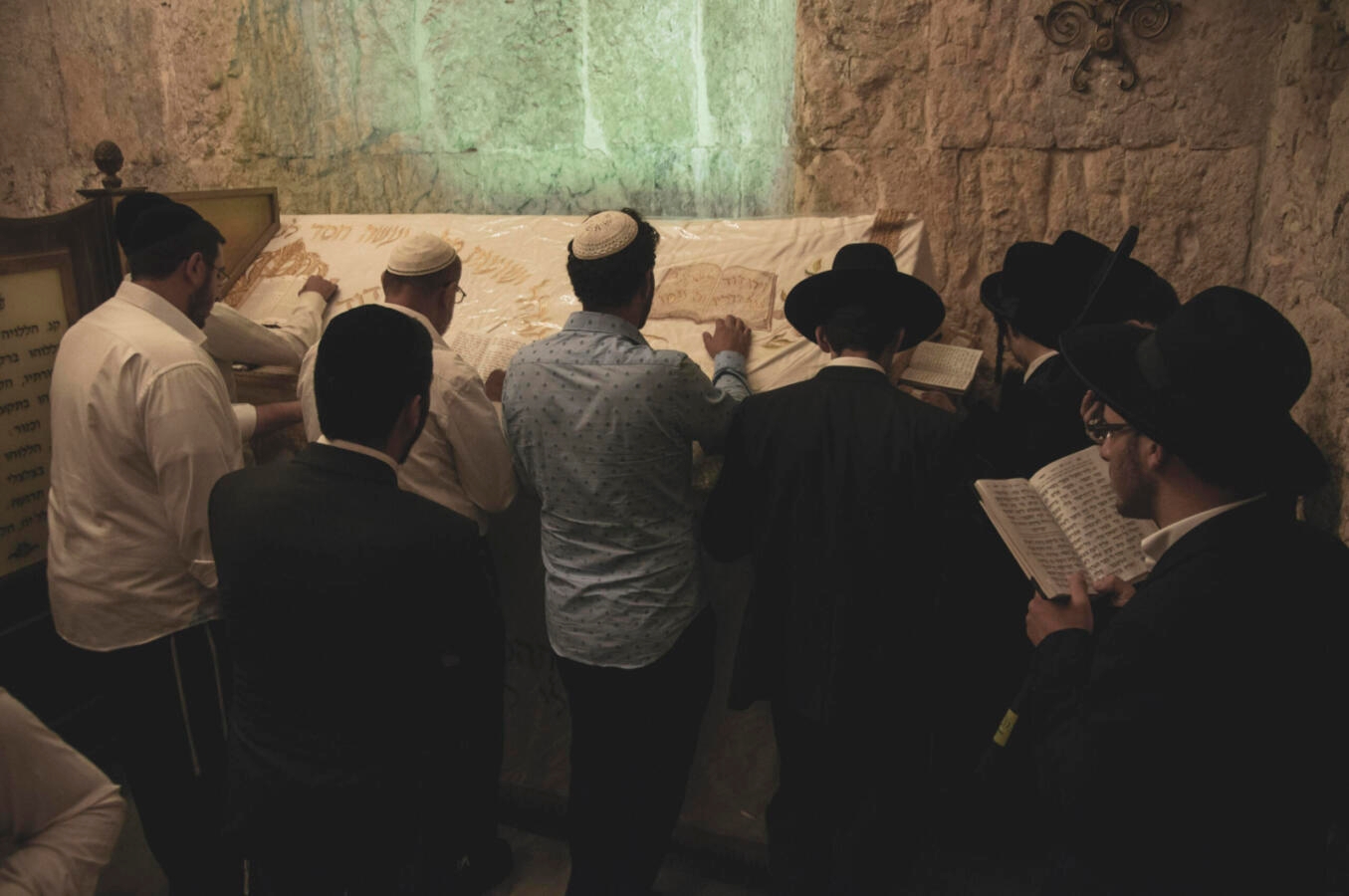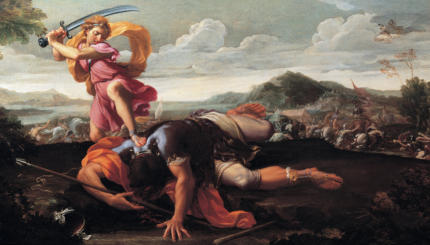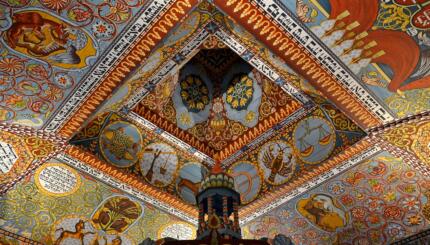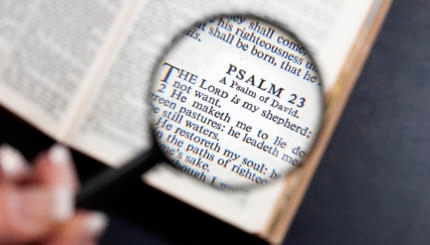Jewish tradition teaches that the dead are closer to heaven than those on Earth and therefore can serve as an intermediary for prayers. Perhaps for that reason, the gravesites of prophets, biblical figures and esteemed rabbis have, for thousands of years, attracted Jewish pilgrims who come to read psalms, offer prayers and ask for heavenly intercession.
The tombs of biblical figures, from Abraham to Daniel, can be found across the Middle East from the land of Israel to Iran. Are these ancient biblical figures, some of whom are said to have lived more than 4,000 years ago, really buried there? Oral traditions maintained by local communities, as well as corresponding descriptions in the Tanakh (Hebrew Bible), suggest that they are, though in most cases it is not possible to confirm archaeologically. Some gravesites are disputed by multiple religious and ethnic communities. For example, seven different sites from Azerbaijan to Lebanon claim to host Noah’s tomb.
Below are some of the major biblical tombs that have historically attracted Jewish pilgrims. Some sites are no longer accessible to tourists, while others still host holiday celebrations and annual pilgrimages.
Tomb of the Patriarchs in Hebron, West Bank
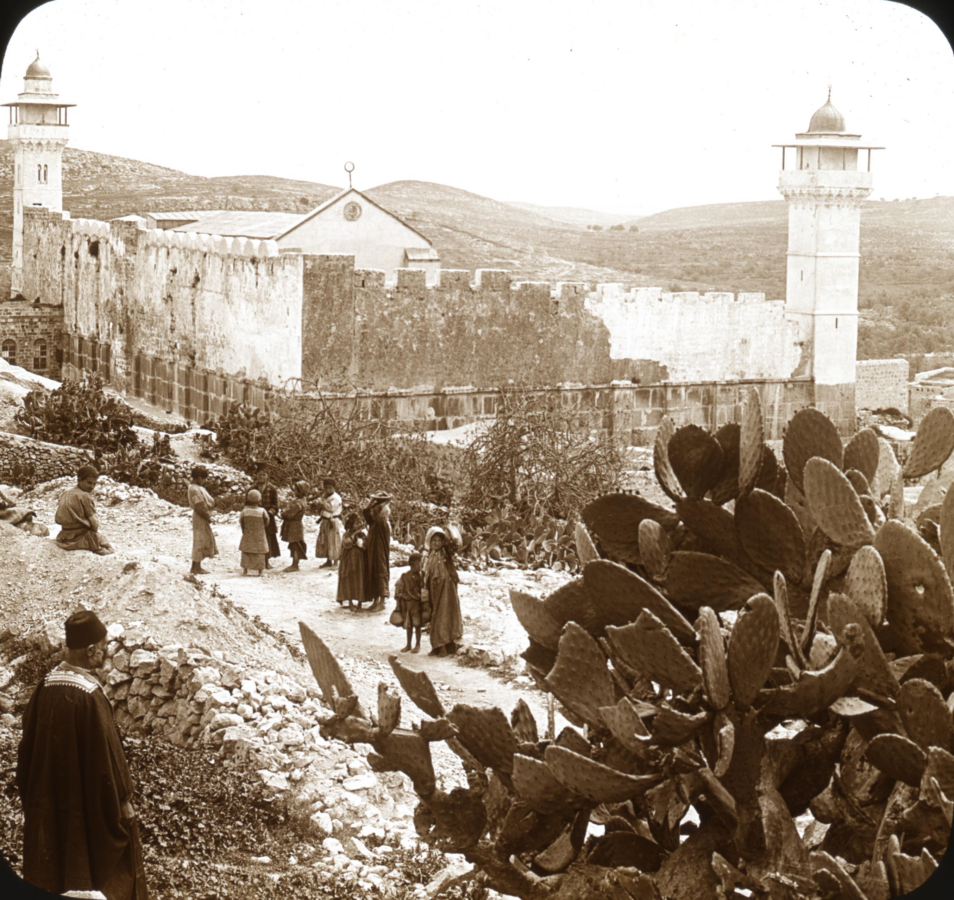
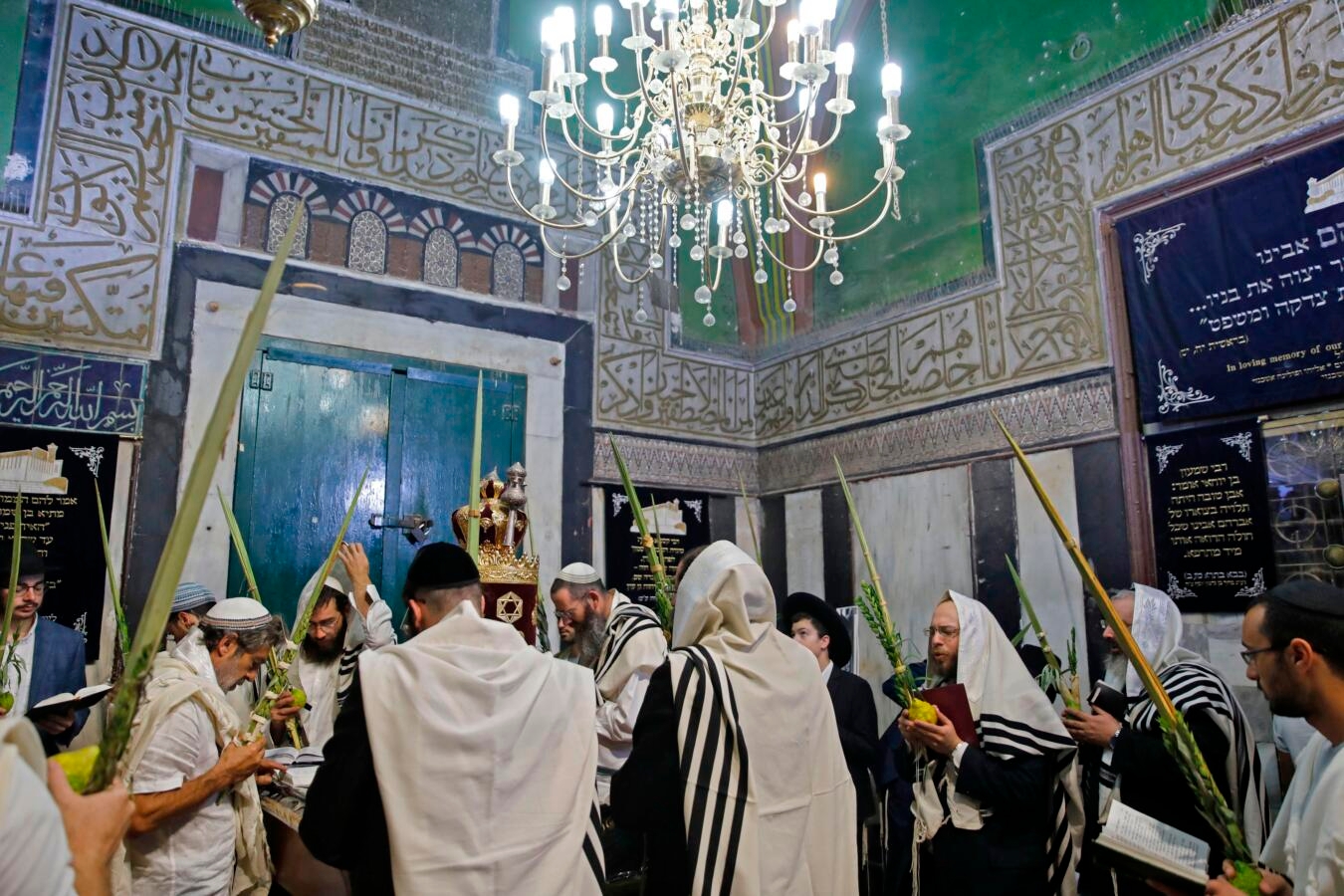
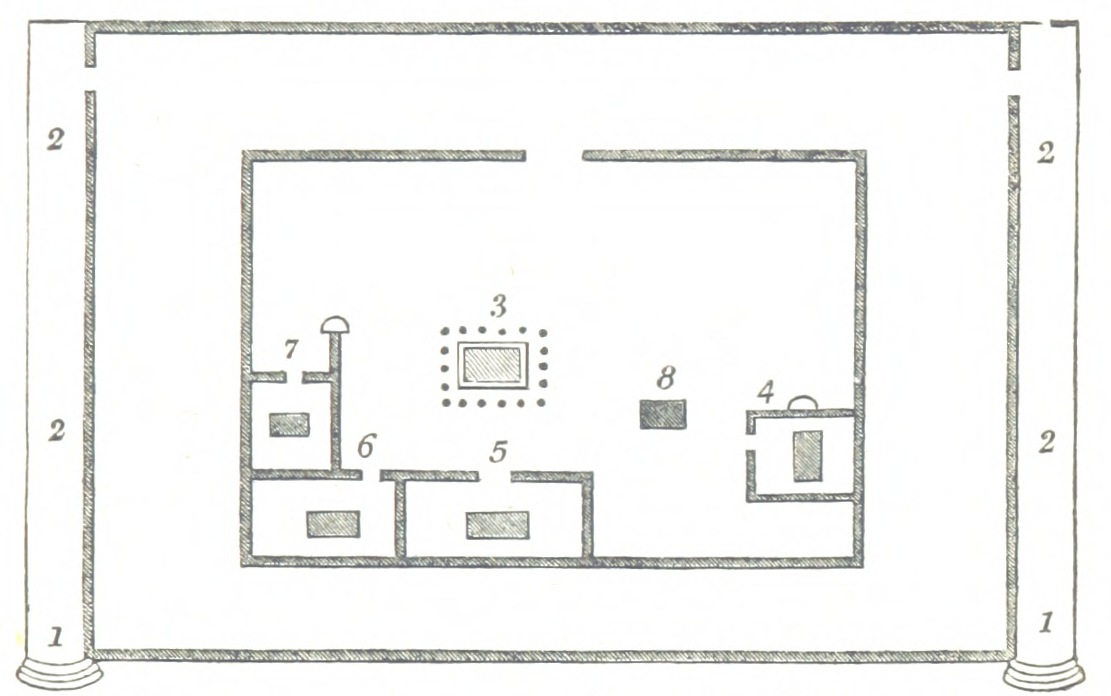
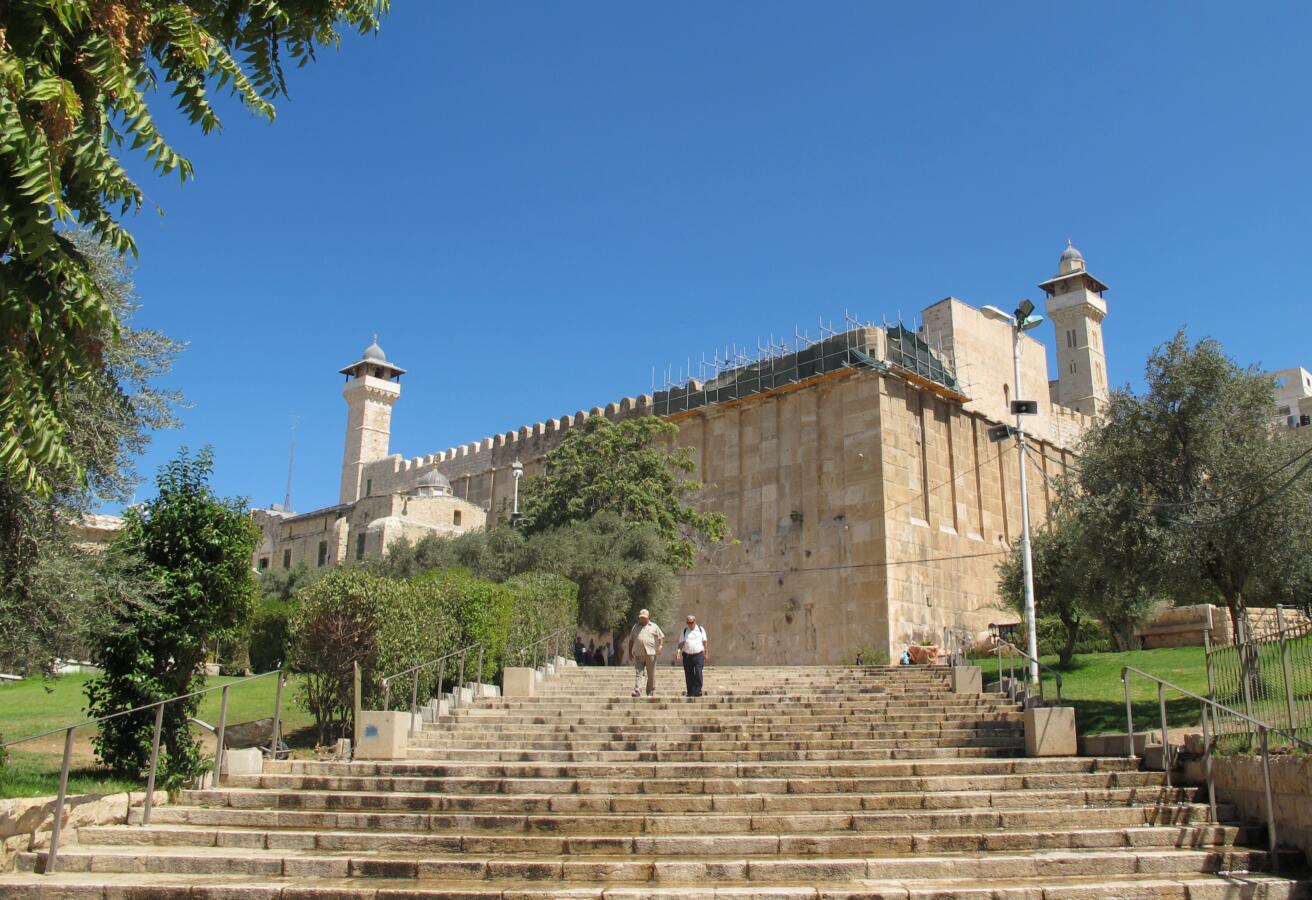
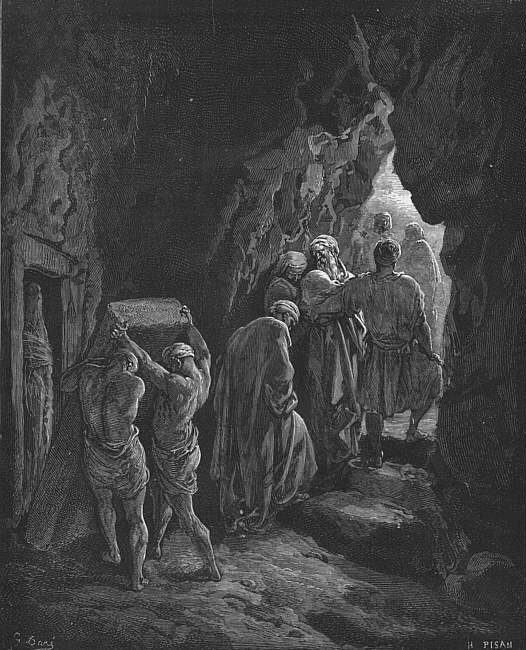
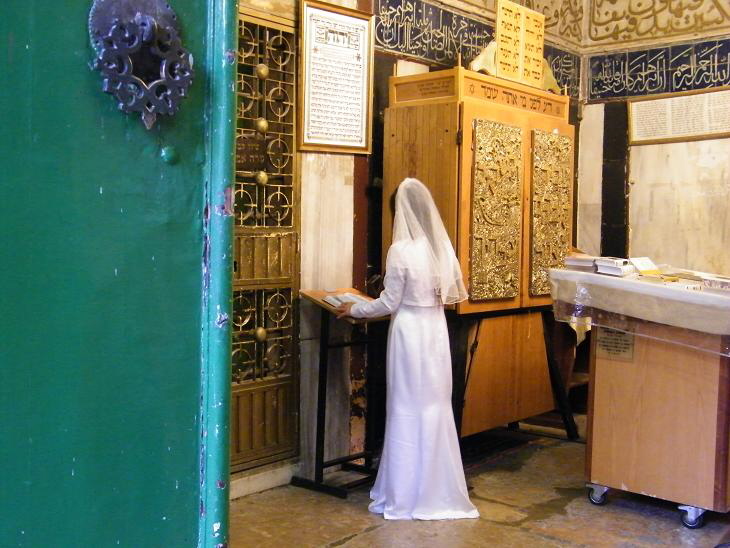
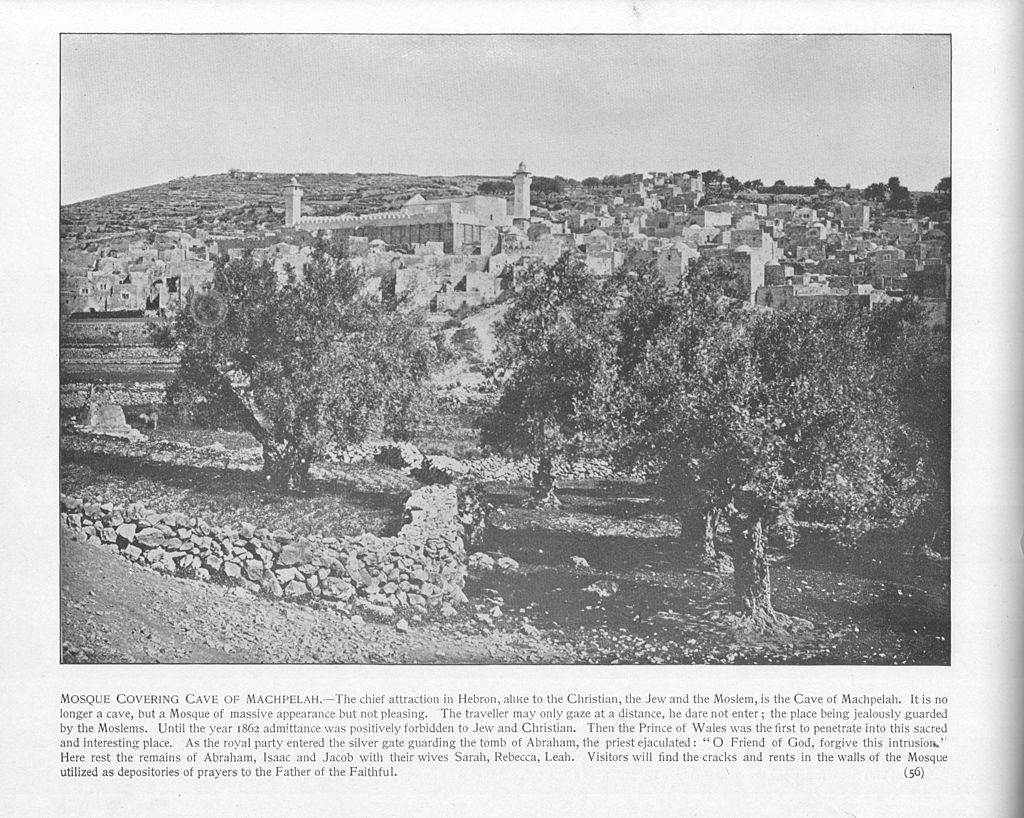
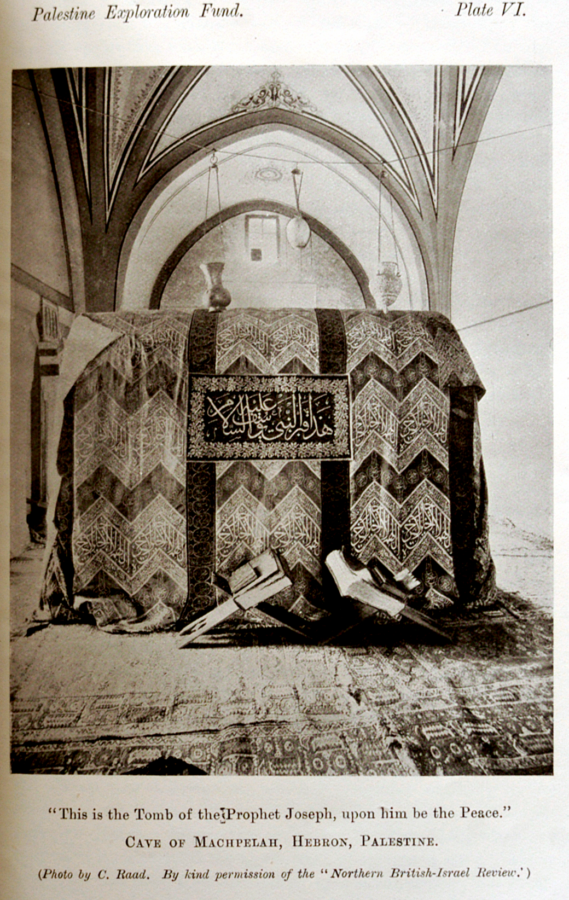
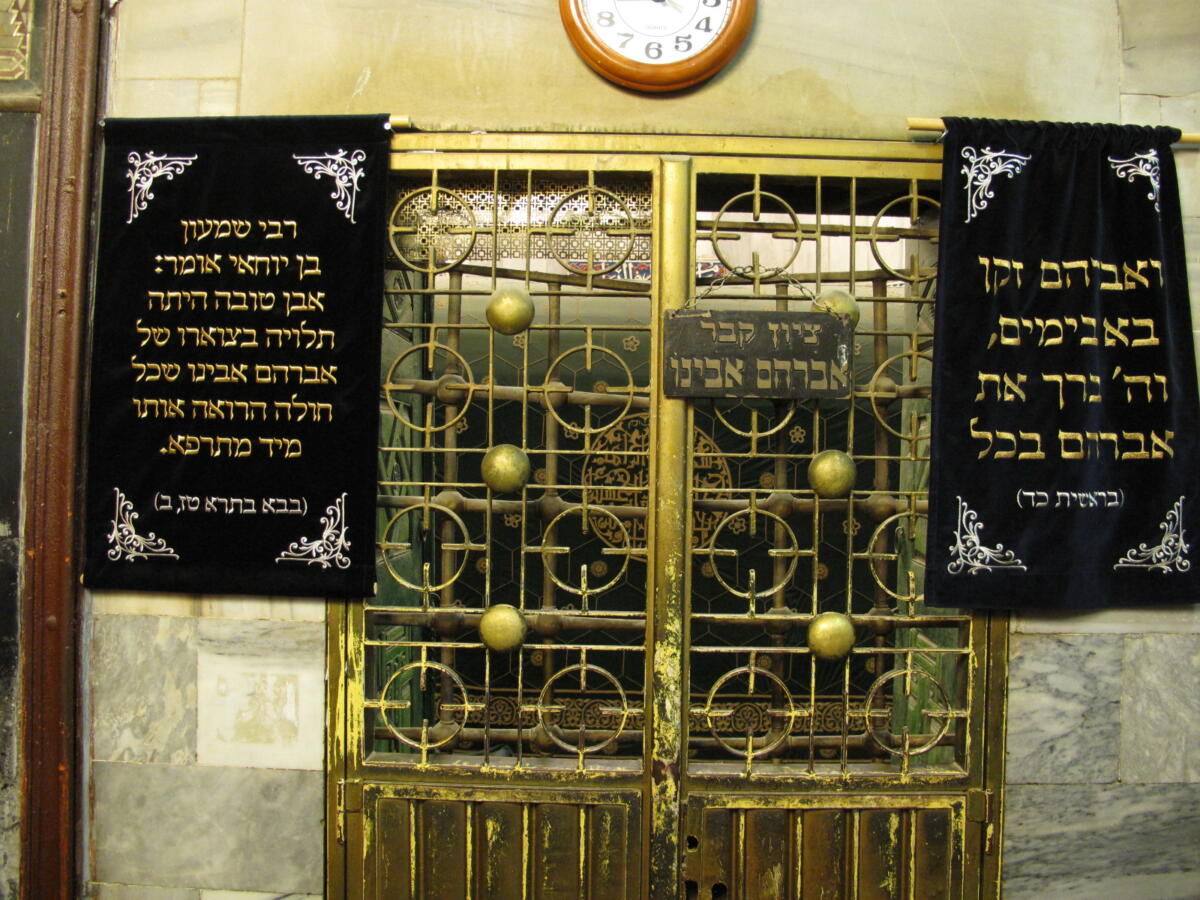
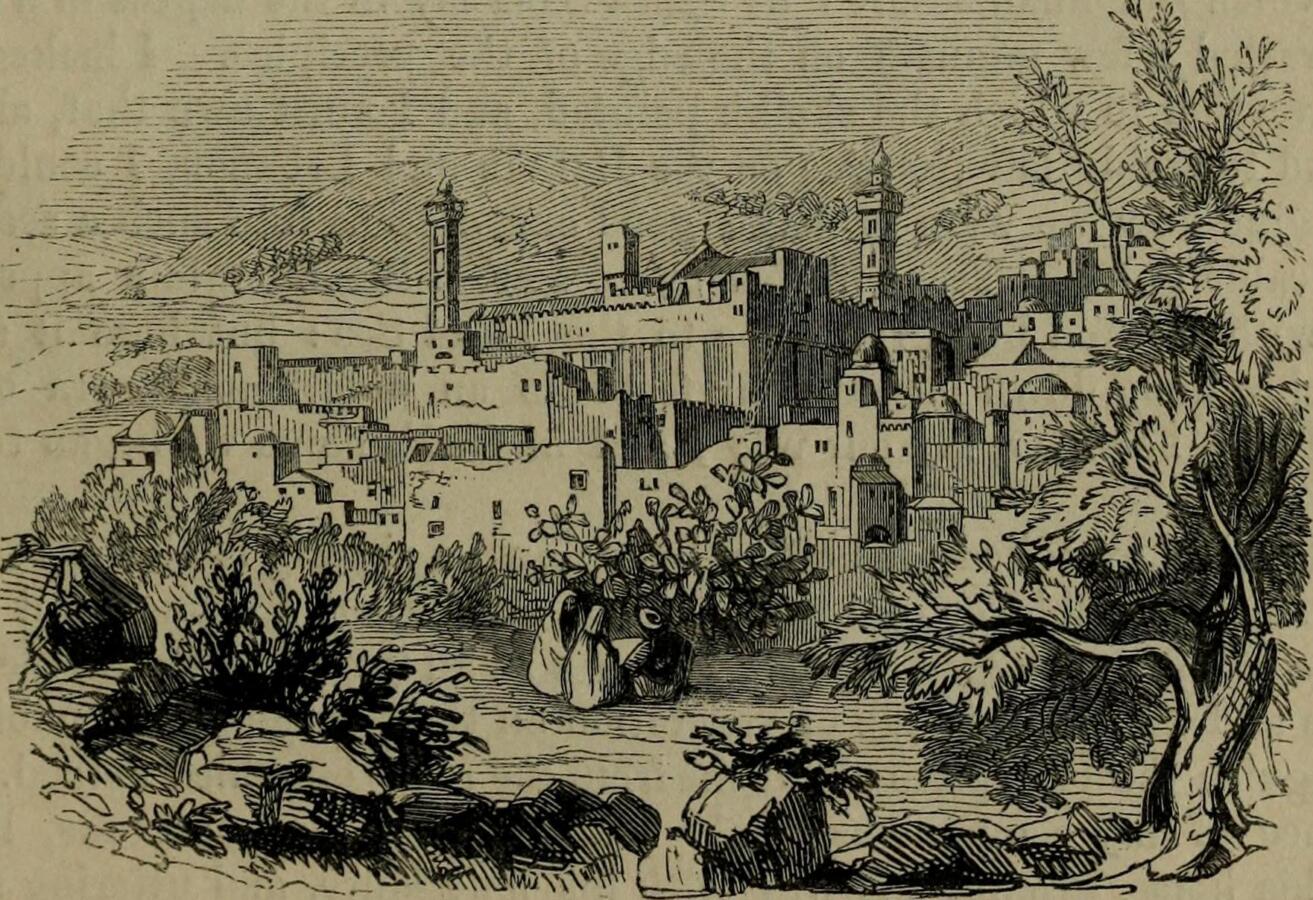
The Torah explains that following Sarah’s sudden death, Abraham purchased the Cave of Machpelah as a burial plot for his wife (Genesis 23). Sarah was buried in the cave, as was Abraham (Genesis 25:8-9). The site became the extended family’s burial plot, and the Torah also describes Isaac, Jacob, Leah and Rebecca as being laid to rest in the cave together. A later Jewish tradition holds that Esau’s head is also buried in the Cave of the Patriarchs (Sotah 13a).

Help us keep Jewish knowledge accessible to millions of people around the world.
Your donation to My Jewish Learning fuels endless journeys of Jewish discovery. With your help, My Jewish Learning can continue to provide nonstop opportunities for learning, connection and growth.
Pottery shards and other archaeological evidence suggest that the Cave of Machpelah has been a Jewish pilgrimage site since First Temple times (10th – 6th centuries BCE). Jewish pilgrimages were generally permitted throughout history, even when the site was controlled by Christian or Islamic empires. Jewish philosopher Maimonides wrote about praying at the Cave of the Patriarchs and Matriarchs in 1166. Jewish medieval traveler Benjamin of Tudela trekked to Hebron a few years later in 1170. Under Mamluk and Ottoman rule, entering the cave was forbidden for Jews. Since the State of Israel conquered the West Bank in 1967, the Cave of the Patriarchs and Matriarchs has been a popular pilgrimage site for tourists and Israelis alike.
Rachel’s Tomb in Bethlehem, West Bank
According to Genesis, Rachel went into labor with Benjamin, her second son, while she and Jacob were traveling. The matriarch tragically died during childbirth and was immediately buried on the side of the road. Genesis 35:20 describes her burial plot as being “on the road to Efrapth, [now known as] Bethlehem,” and it says that Jacob erected a pillar at her grave.
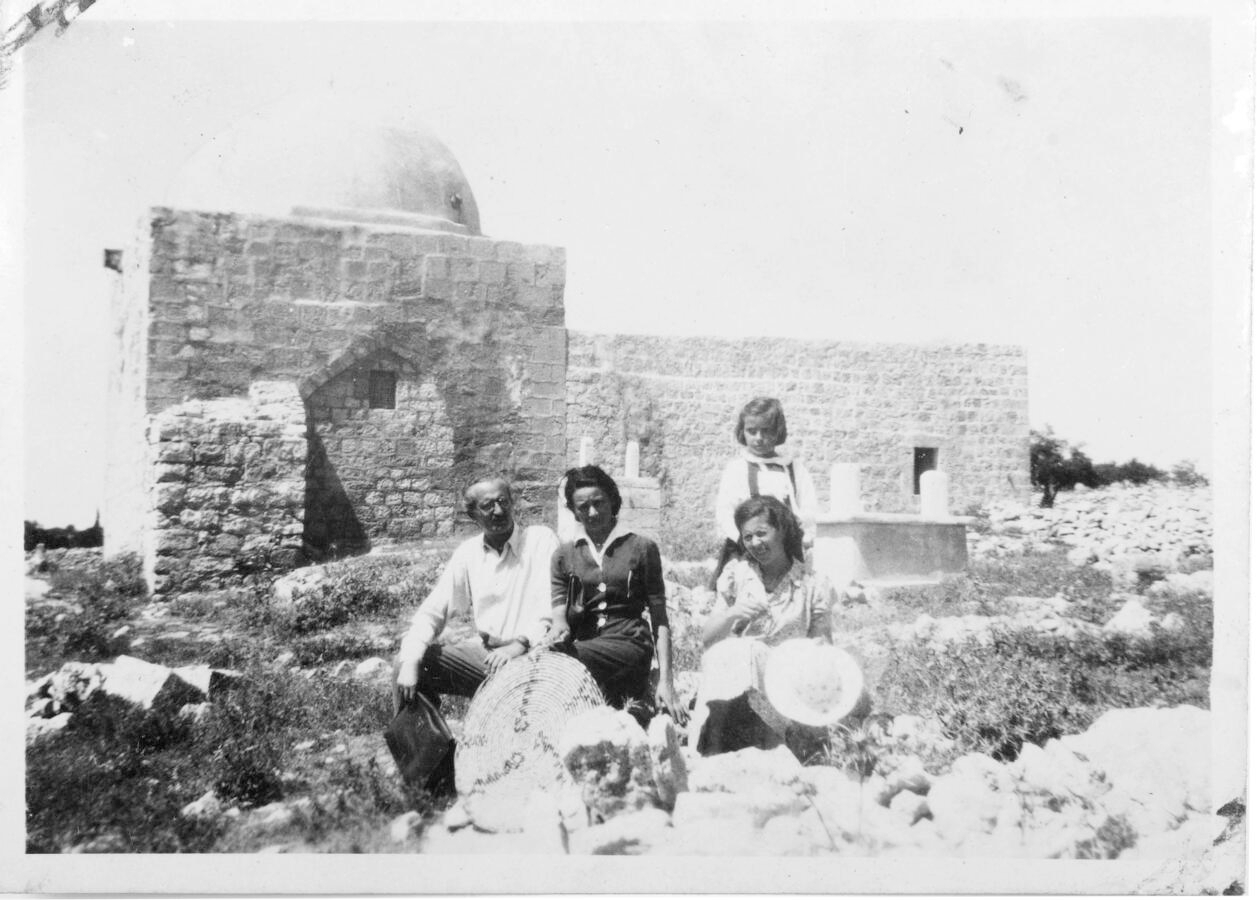
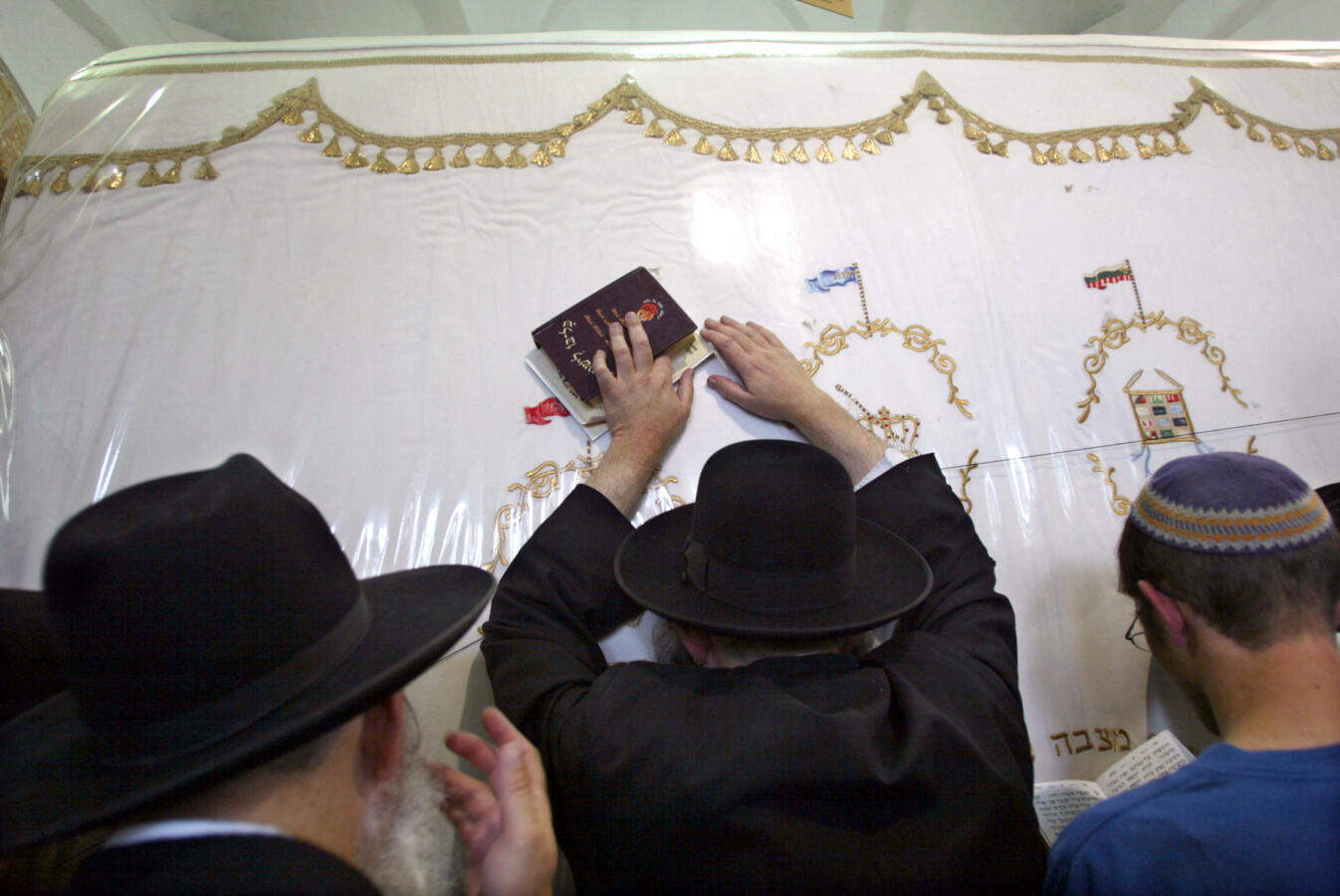
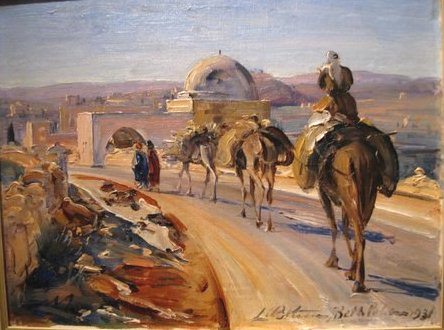
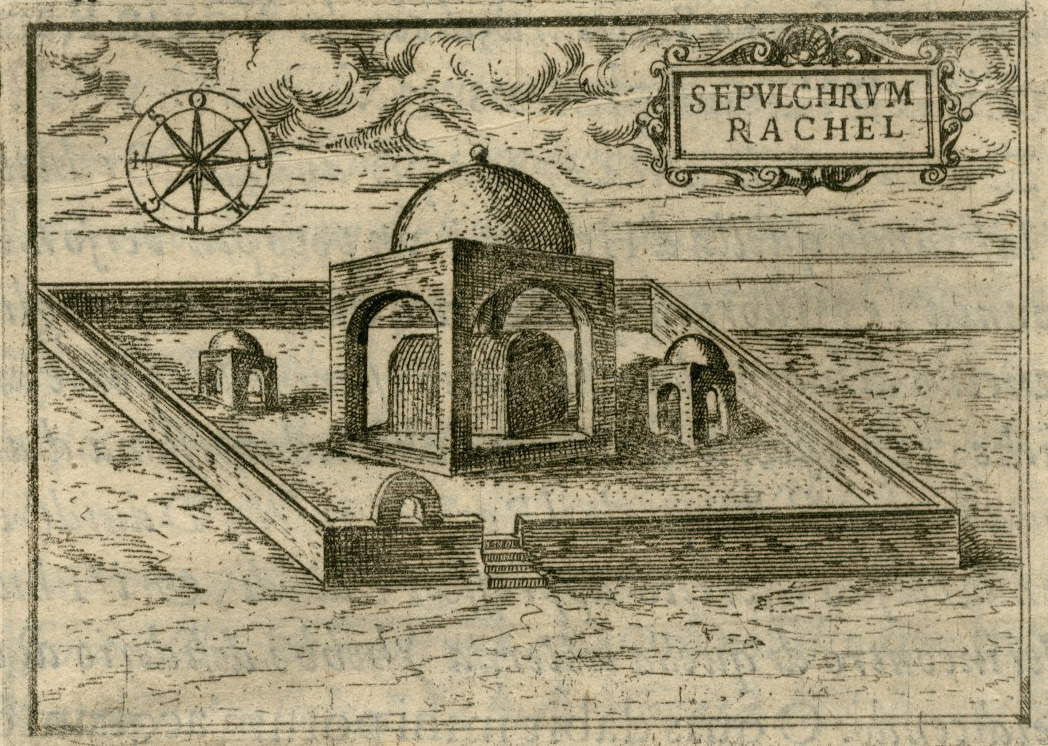
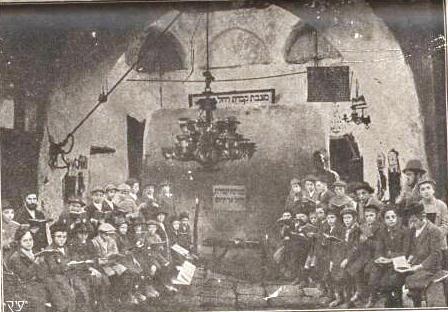
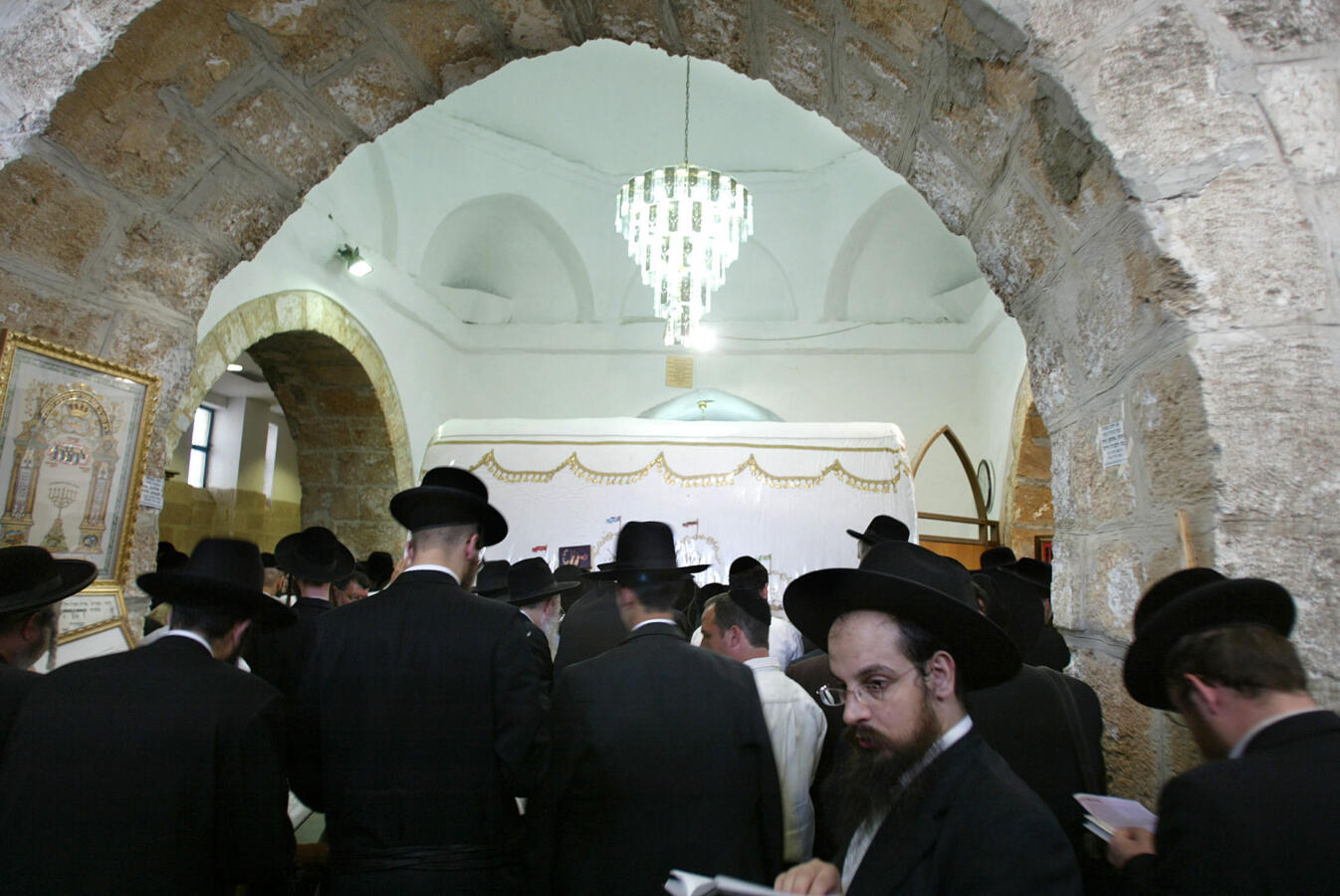
Some historians claim that Rachel’s Tomb was a pilgrimage site prior to the destruction of the Second Temple (70 CE), but historical evidence of Jewish pilgrimage only dates back to the 12th century. In 1650, Rabbi Moses Surait of Prague described Jewish pilgrimages to Rachel’s Tomb occurring at particular seasons:
“On Passover and Lag Ba’omer many people — men and women, young and old — go out to Rachel’s Tomb on foot and on horseback. And many pray there, make petitions and dance around the tomb and eat and drink.”
After the State of Israel gained control of the West Bank in 1967, Rachel’s Tomb gained a newfound popularity among Israeli Religious Zionists and is now considered one of the three holiest Jewish pilgrimage sites in the land of Israel, next to the Western Wall and the Cave of the Patriarchs. Jewish mystics also believe the site holds special significance, as the Zohar claims that the Messiah will lead Jews living in exile back to the land of Israel along the road that Rachel’s Tomb sits on.
Tomb of the Matriarchs in Tiberias, Israel
Located on the Sea of Galilee in northern Israel, Tiberias is considered one of Judaism’s four holy cities (in addition to Jerusalem, Hebron and Safed). The existence of the city’s Tomb of the Matriarchs was first noted in 1187 CE by Rabbi Joseph ben Nathaniel Hakohen, a traveler who documented Jewish communities in the land of Israel.
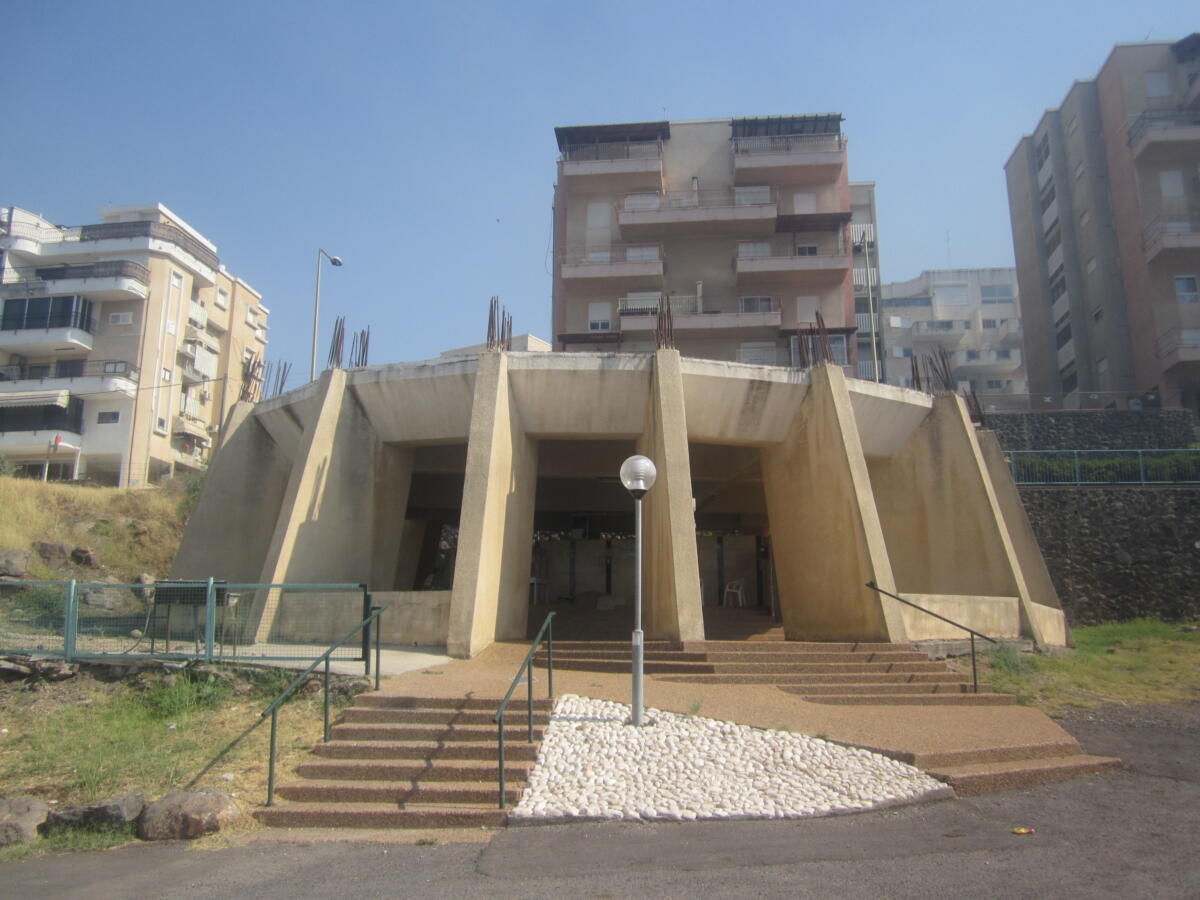
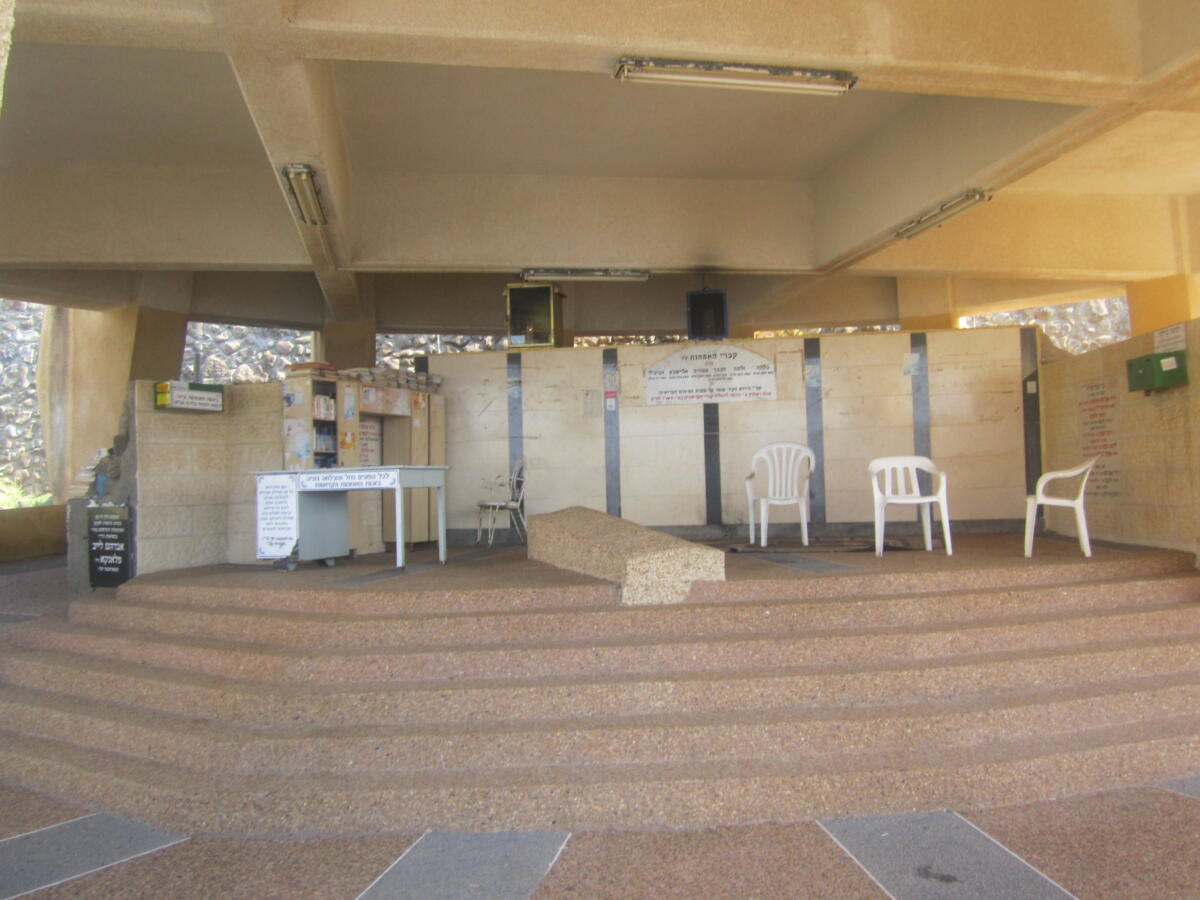
According to Jewish oral tradition, the following biblical women are buried in the site:
- Bilhah (Rachel’s handmaid and Jacob’s concubine; the mother of Dan and Naftali)
- Zilpah (Leah’s handmaid and Jacob’s concubine; the mother of Gad and Asher)
- Yocheved (the mother of Moses, Miriam and Aaron)
- Zipporah (Moses’s wife)
- Elisheva (Aaron’s wife)
In the 19th century, Rav Nathan of Breslov claimed that Abigail, one of King David’s wives, and Huldah the prophetess are also buried at the site. Other legends say that Moses’ sons Gershom and Eliezer are buried beside their mother, Zipporah.
Tomb of Esther and Mordehai in Hamadan, Iran
The Book of Esther doesn’t detail the deaths of Esther or Mordecai, but according to Persian Jewish oral tradition, the pair spent their final years at a royal resort near the city of Hamadan, Iran. One legend claims that they both died within Hamadan’s synagogue, and that the synagogue then became their tomb and shrine. This narrative is often contested since the tomb is not mentioned in the Talmud.
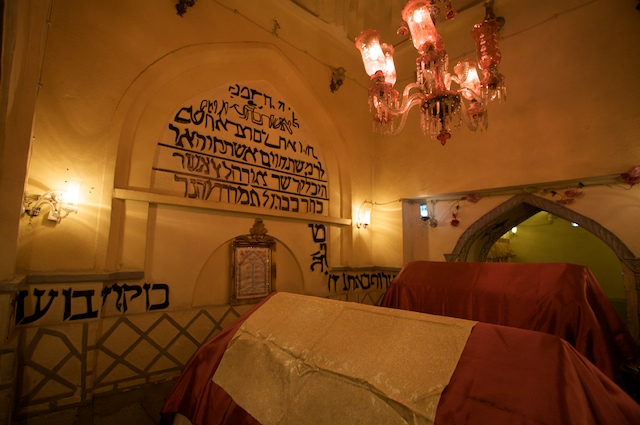
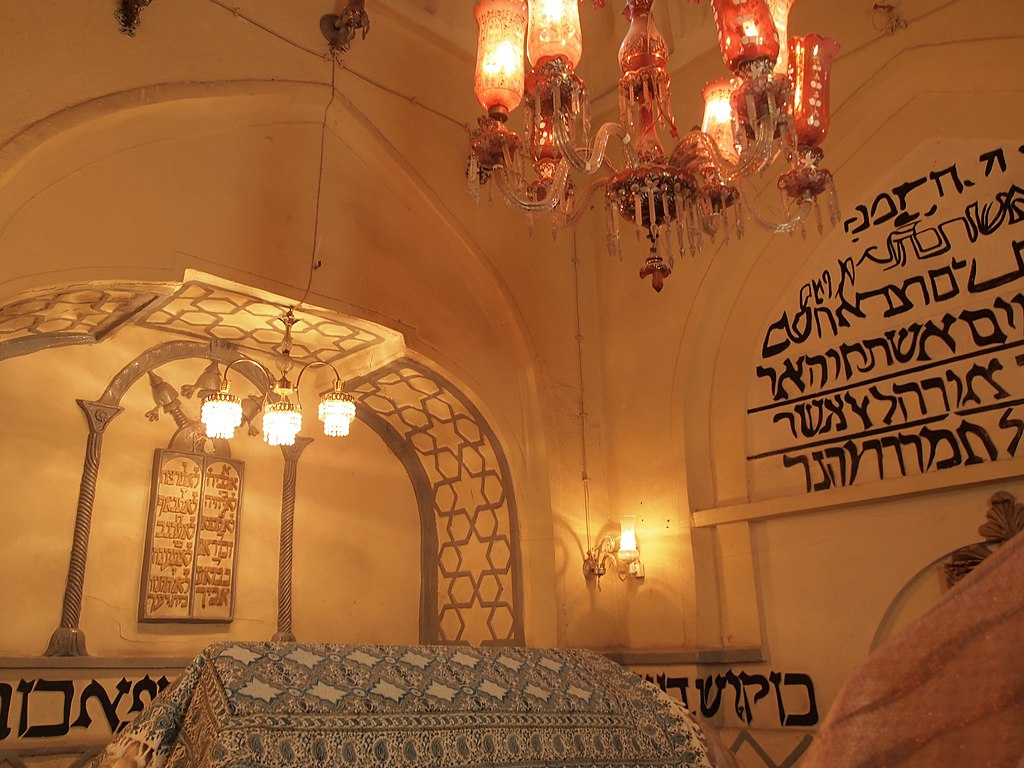
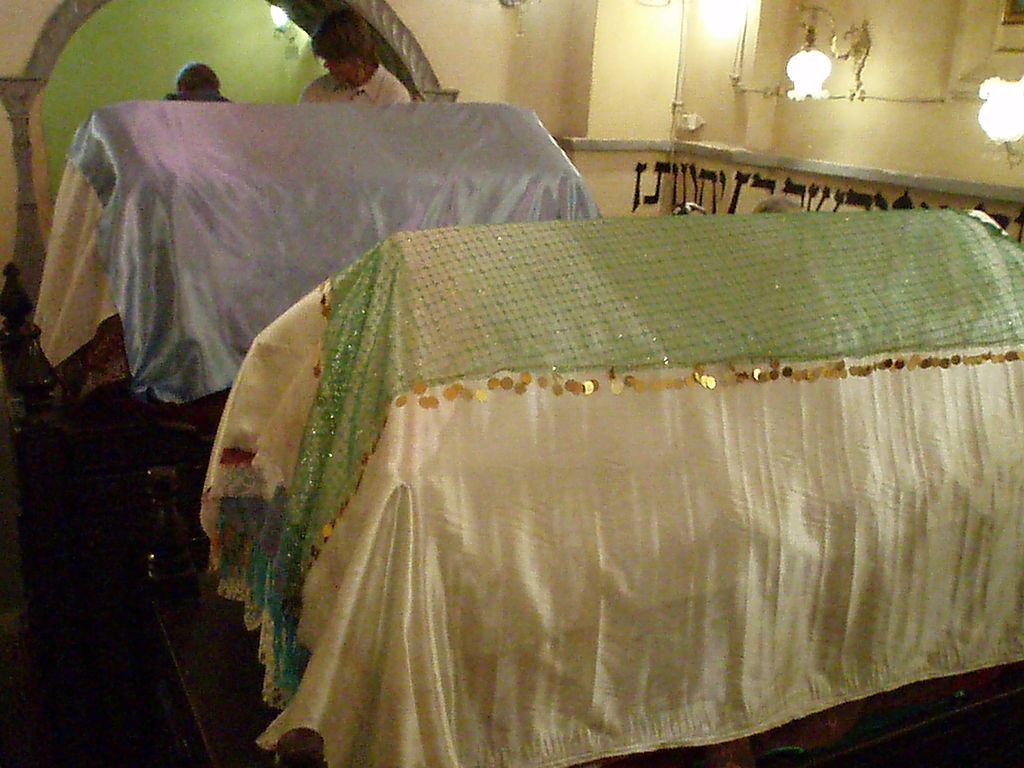
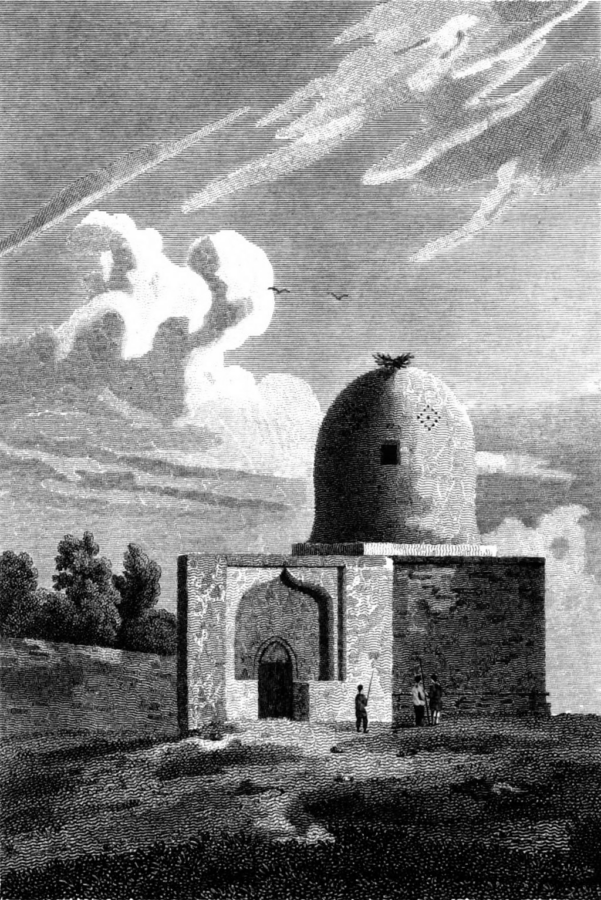
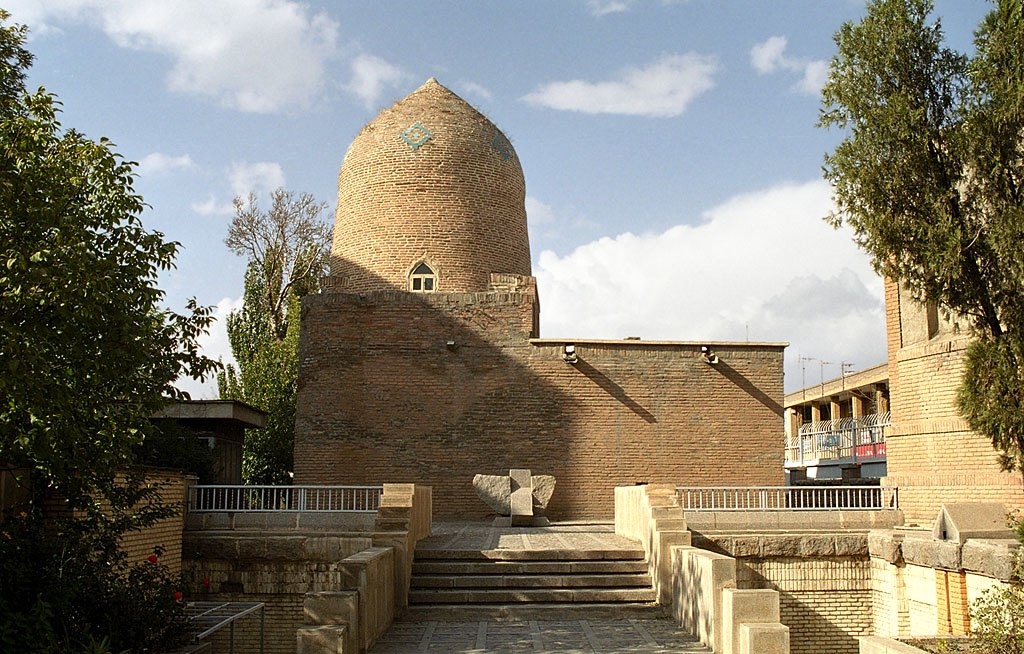
For centuries, the Tomb of Esther and Mordecai was a popular pilgrimage site for Persian Jews. Benjamin Tudela was the first Jewish traveler to describe the tombs and Hamadan’s Jewish community; he estimated as many as 50,000 Jews lived in the nearby city.
While Jews from across Persia would trek to Hamadan each Purim, the tomb was popular year-round, especially for women facing infertility. Persian Jews were also known to jot prayers down on pieces of paper and place the prayers near the tombs, much like visitors to the Western Wall in Jerusalem.
Daniel’s Tomb in Susa, Iran
The Book of Daniel details its namesake’s life as a young man from a noble Jewish family that was exiled from Jerusalem to Babylon. While the biblical book does not chronicle Daniel’s death, some believe he was killed by Haman (Targum Sheni on Esther). In the first century, Josephus wrote that Daniel’s tomb could be found in Ecbatana, an ancient city in northwestern Persia. Other sites in Iraq and Uzbekistan have also been claimed as Daniel’s grave, but Susa, Iran is the most widely accepted locale.

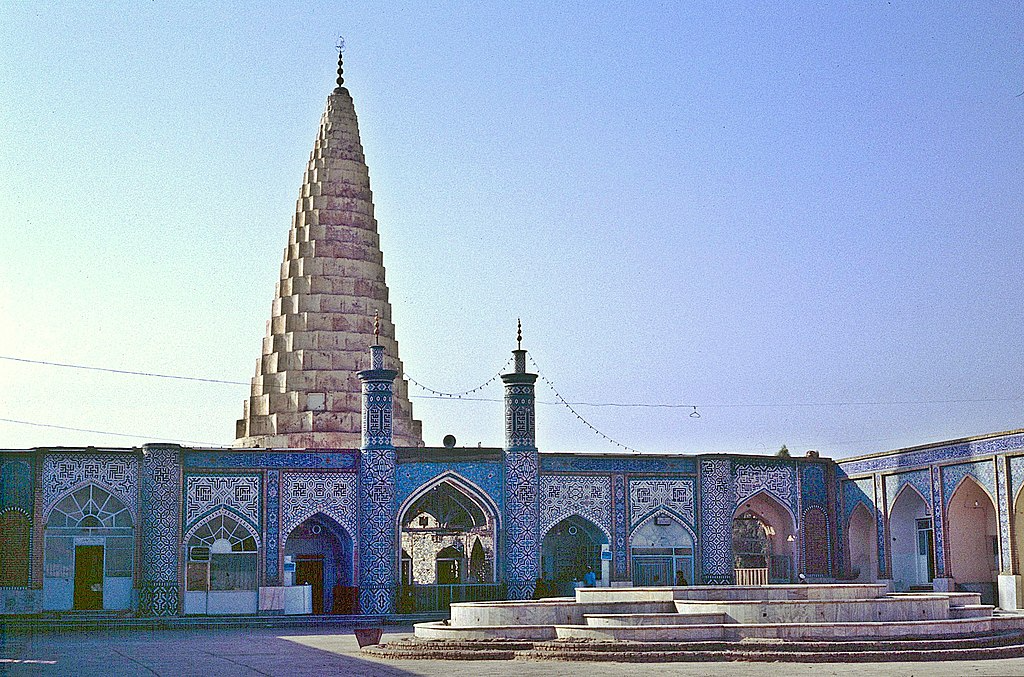
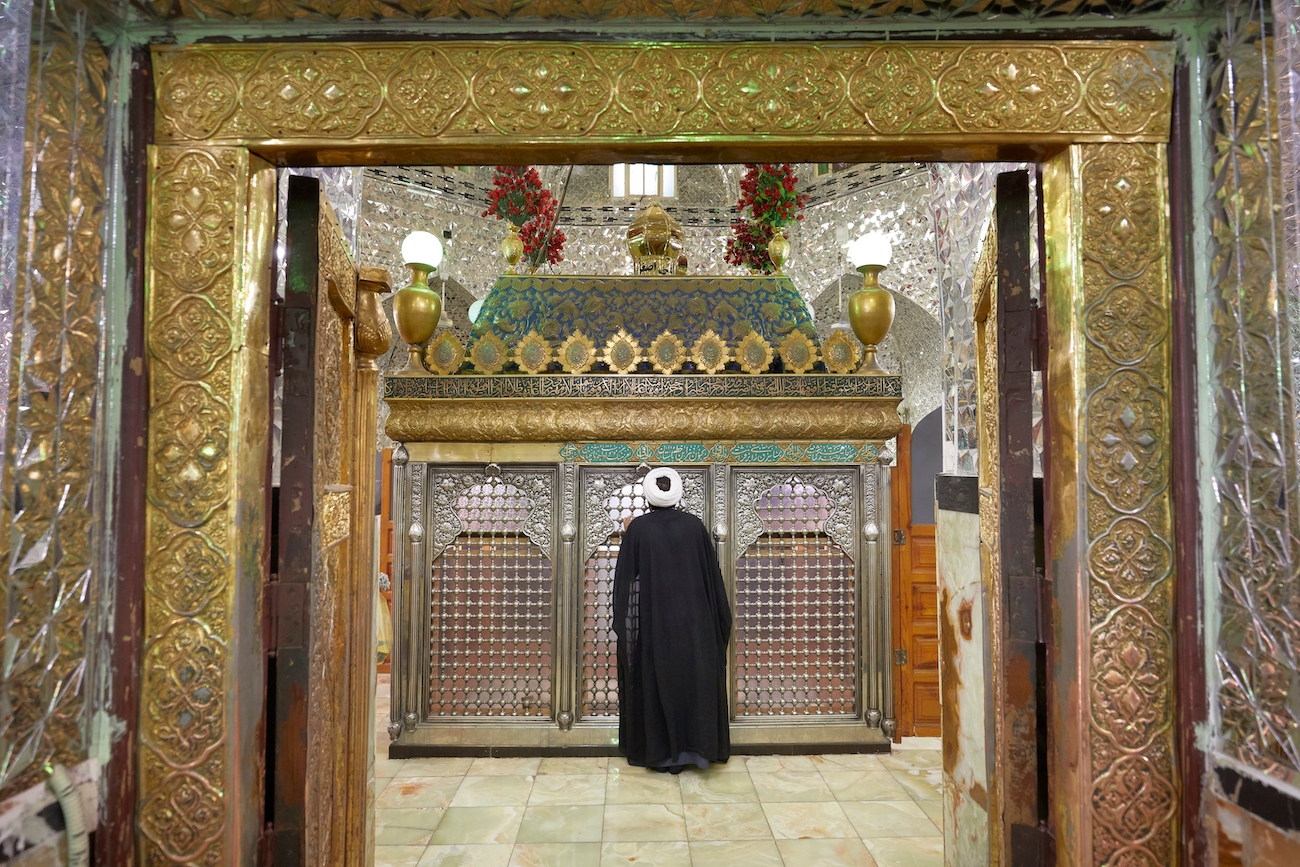
Descriptions of Daniel’s Tomb can be found in Muslim sources from the 9th century; Jewish sources first acknowledge the tomb in the 12th century, when Benjamin of Tudela visited Susa. Jewish and Muslim documents both claim that Daniel’s actual remains are in a coffin that was placed in a nearby stream; one 10th-century Muslim traveler wrote that Susa’s Jews would draw water from the location where the coffin was believed to have sunk.
Daniel’s Tomb continues to attract Jewish and non-Jewish visitors, especially the thousands of Jews that live in Iran today.
Ezekiel’s Tomb in Kifl, Iraq
Located in central Iraq on the Euphrates River, Ezekiel’s Tomb is considered both the oldest and most important Jewish site in Iraq.
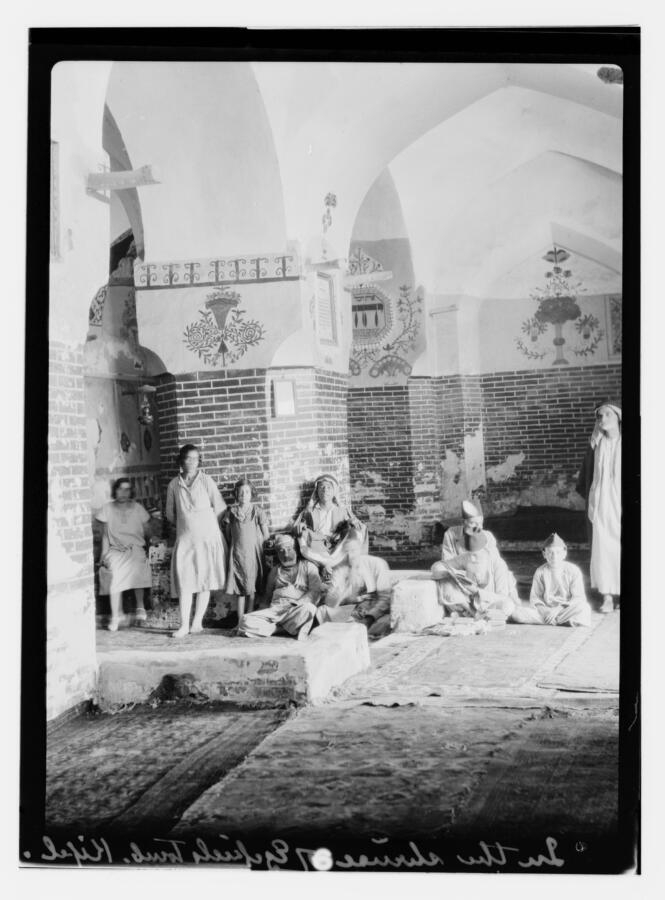
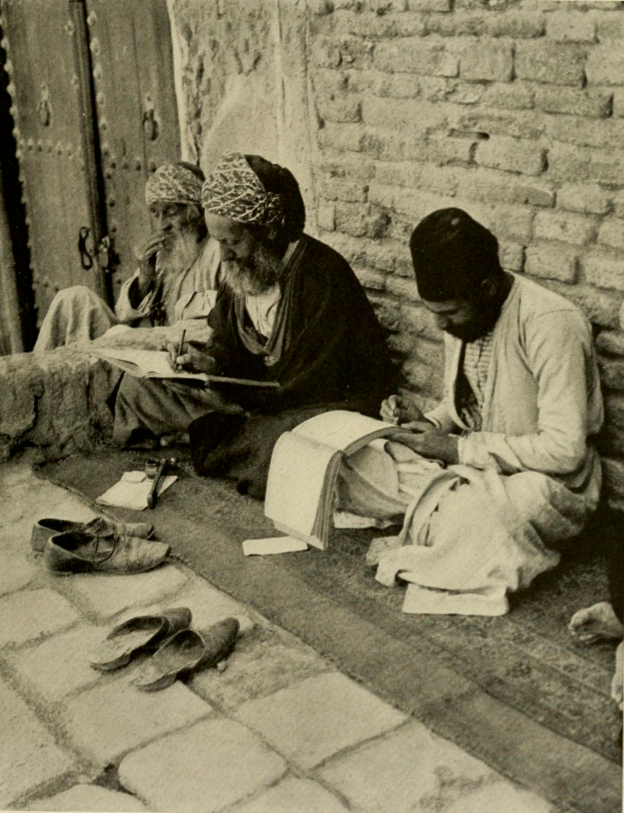
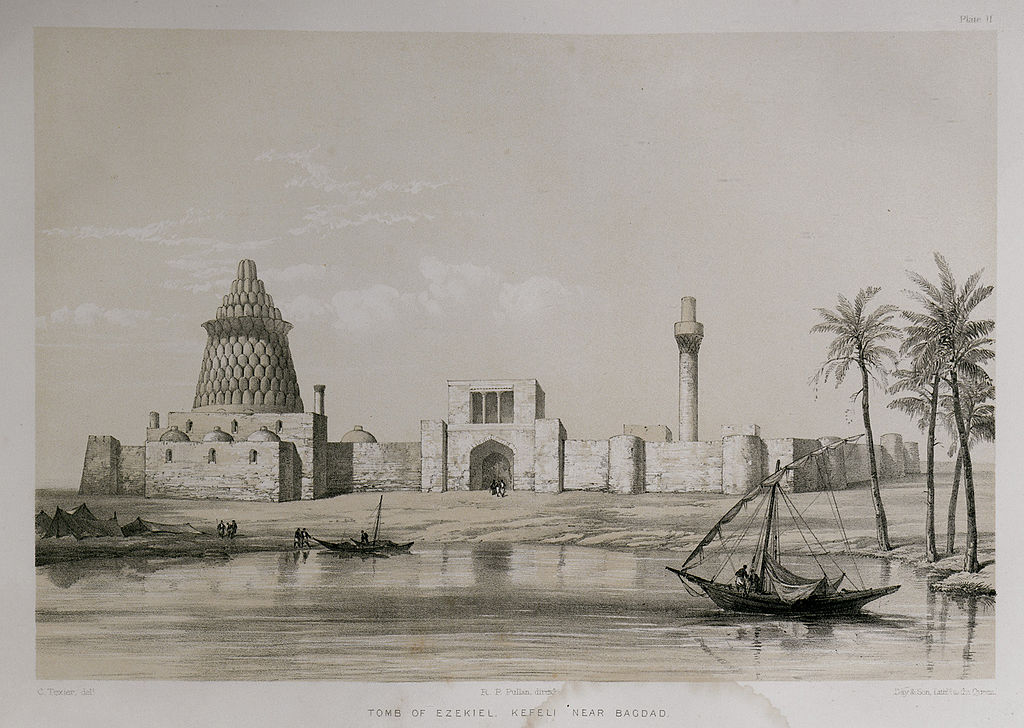
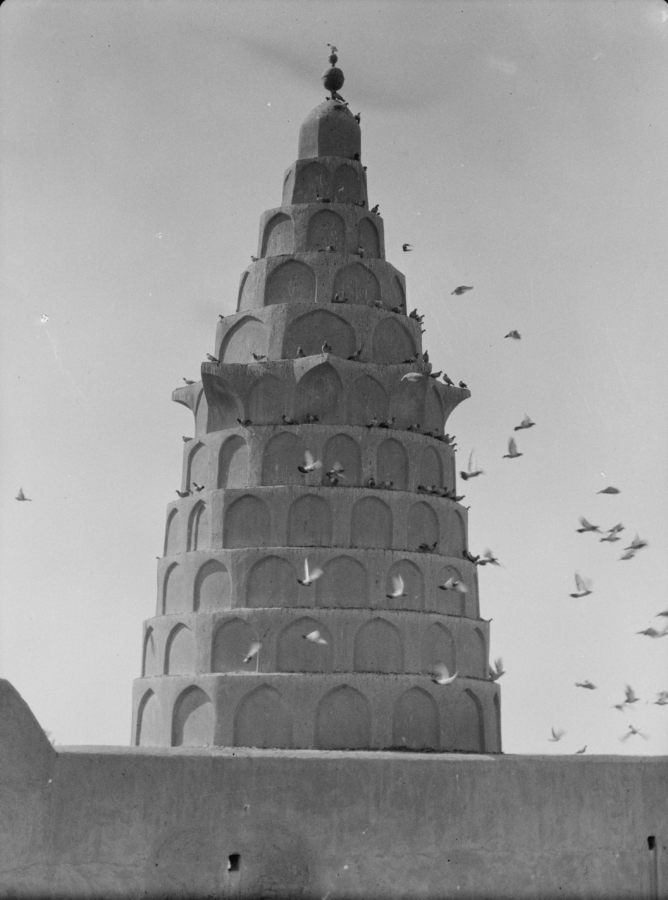
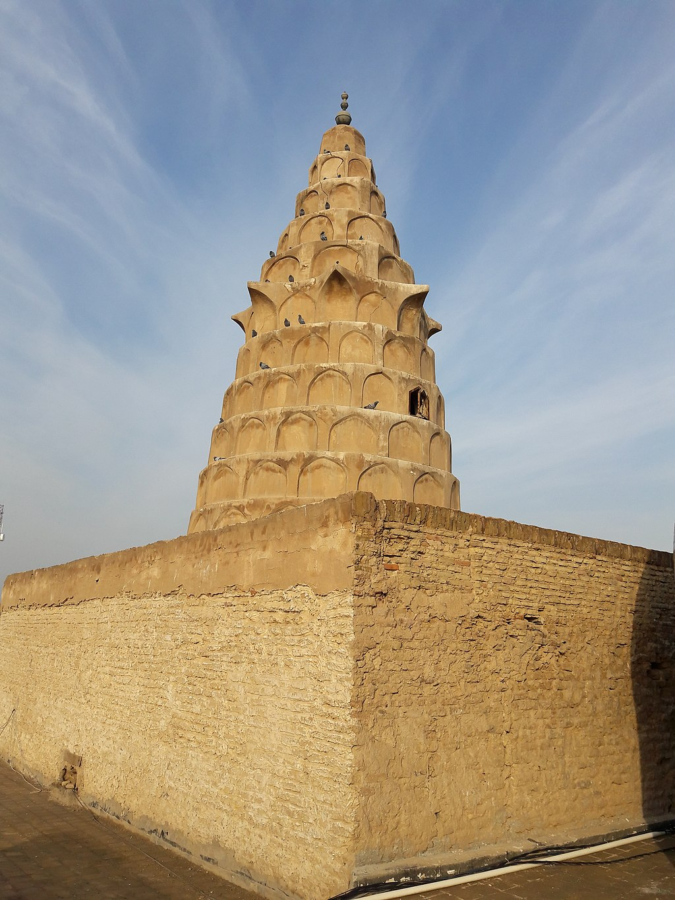
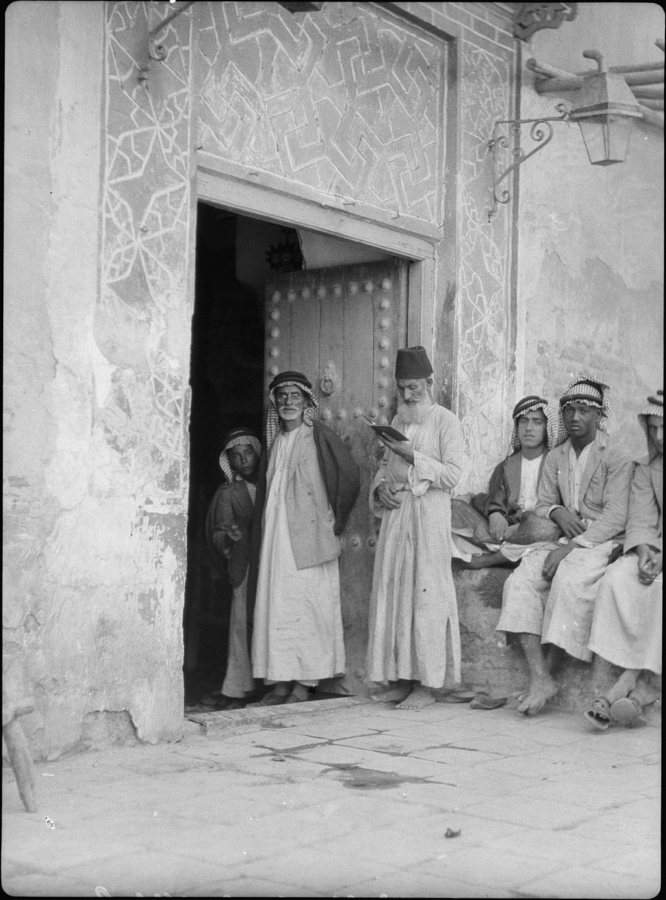
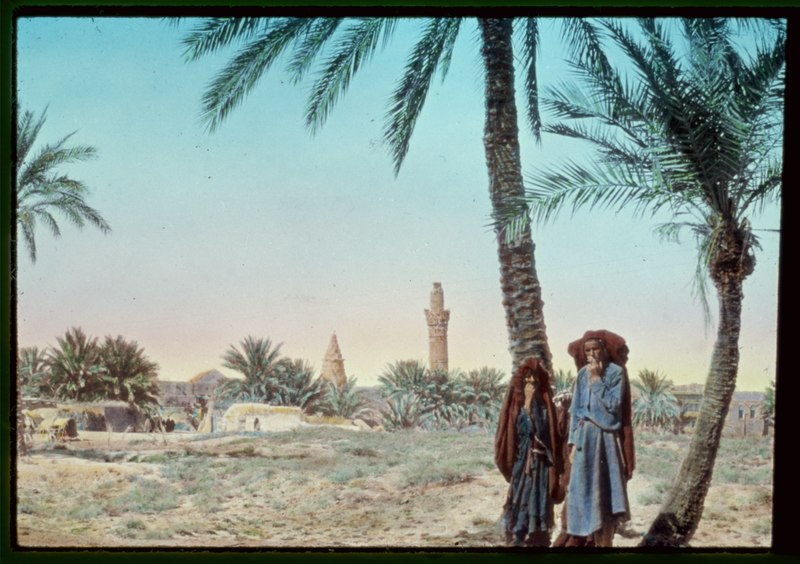
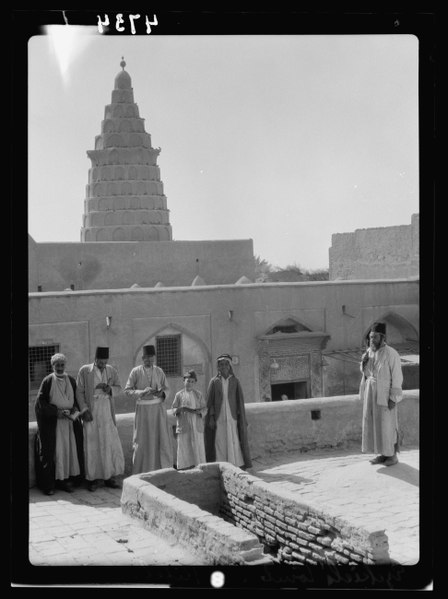
The tomb was first mentioned by the Jewish sage Sherira Gaon in the 10th century. Petachiah ben Yaakov, a 12th-century rabbi and traveler, visited Ezekiel’s Tomb in 1180 and described as many as 80,000 Jewish pilgrims visiting the site during Sukkot. Benjamin of Tudela wrote that “two miles” of Jewish pilgrims would camp around the tomb during the Ten Days of Awe.
Prior to the mass emigration of Iraq’s Jews in 1951, an estimated 5,000 Jews from Baghdad and other Iraqi communities traveled annually to Ezekiel’s Tomb for Passover.
Ezra’s Tomb in Uzair, Iraq
While Josephus claimed that Ezra was buried in Jerusalem, a competing legend arose in 1050, when a tomb bearing Ezra’s name was discovered near the Tigris River in southeast Iraq.
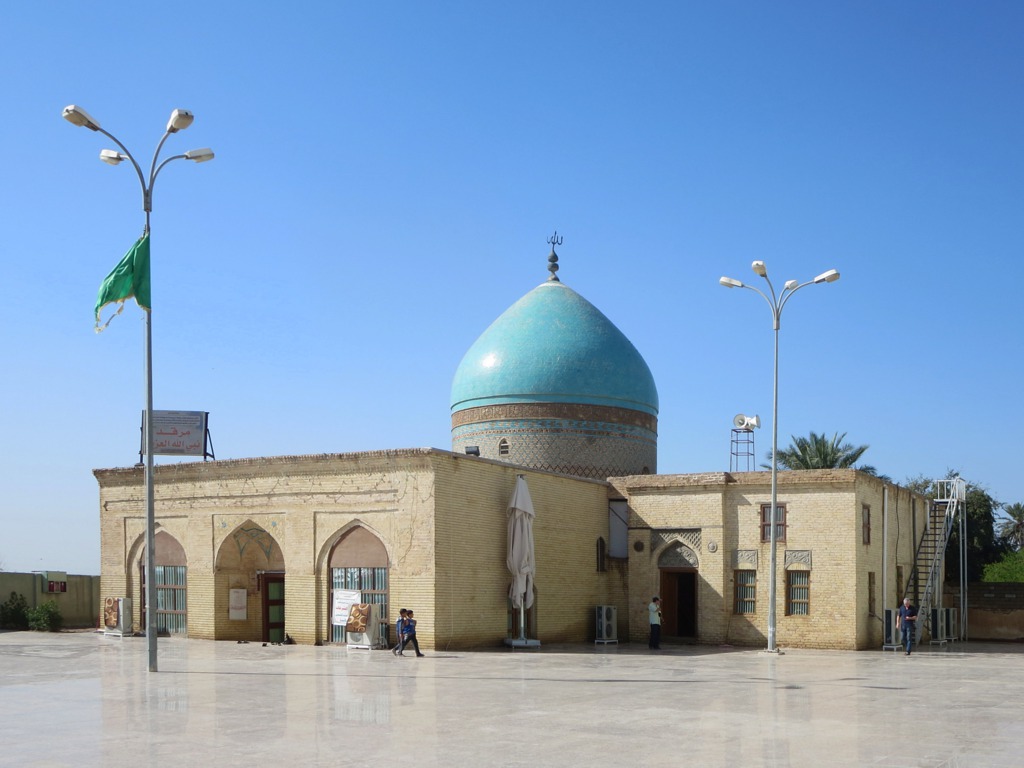
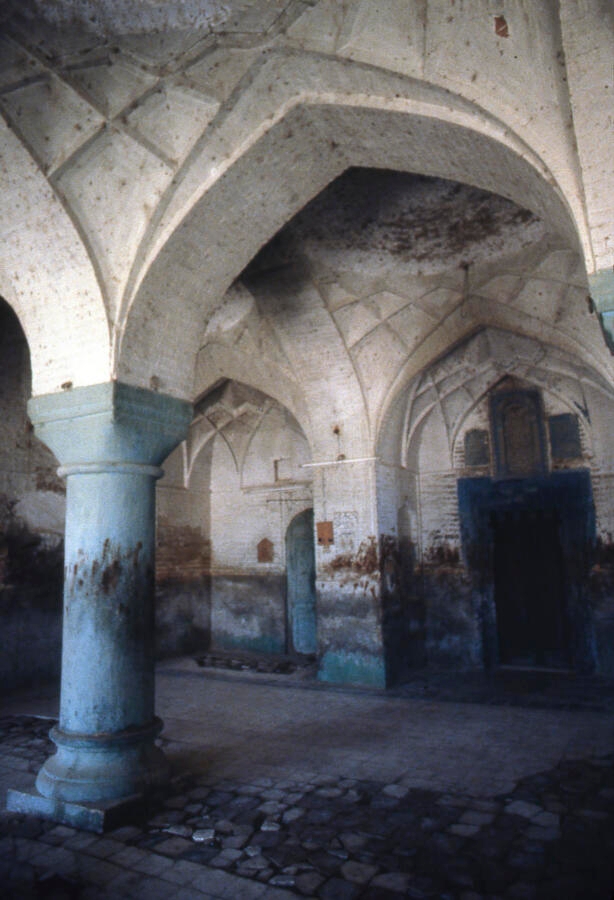
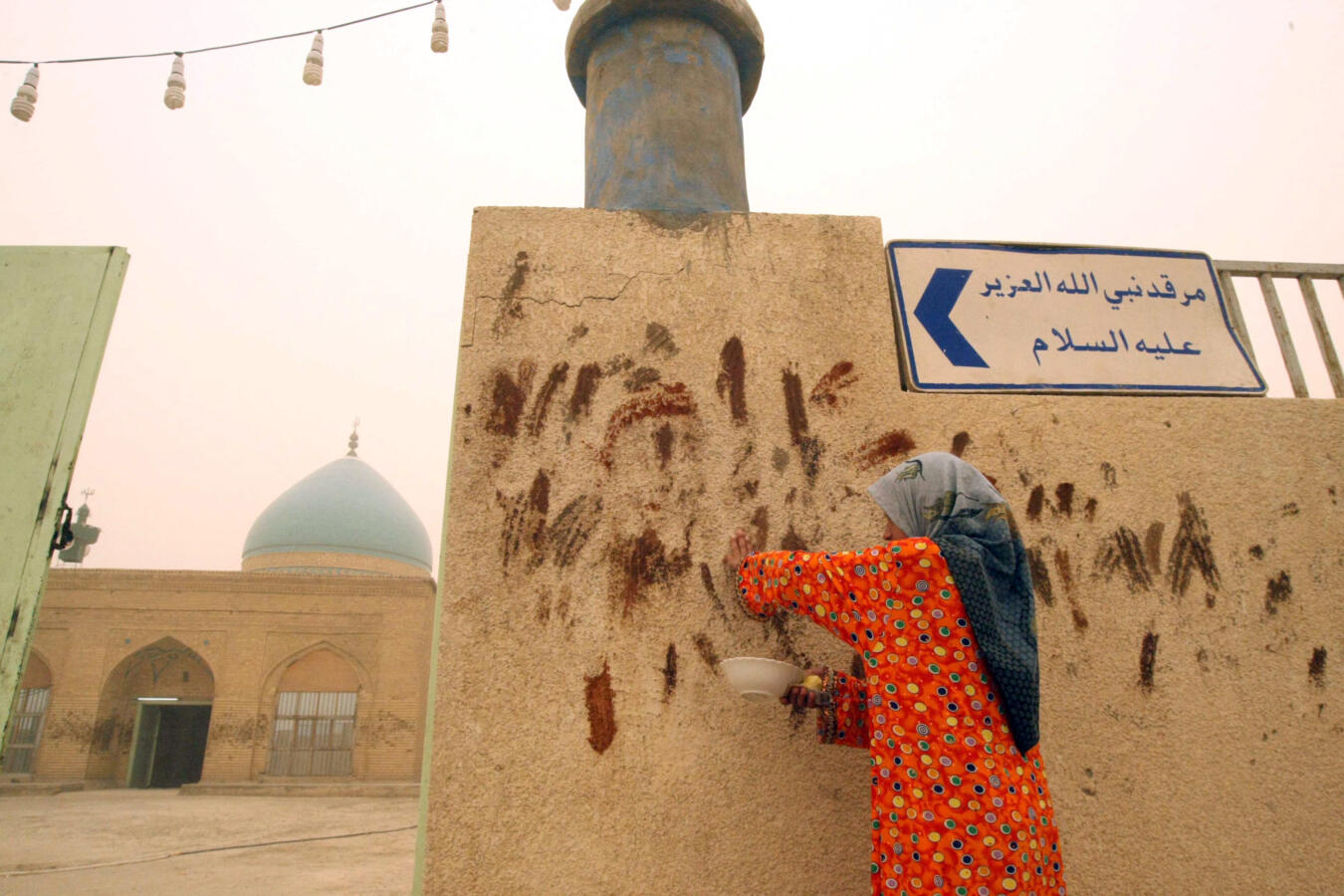
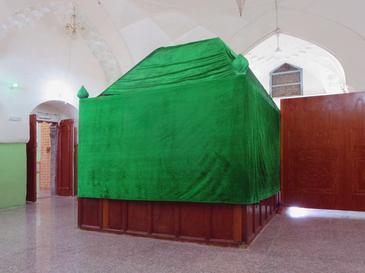
Historical records describe the tomb as a popular tourist attraction for Jewish merchants as they traveled between North Africa and India in the 11th–13th centuries. Benjamin of Tudela journeyed to the tomb in the 1160s, writing that “in front of the tomb, [the Jews] built a large synagogue. And on the other side, the Ishmaelites [Muslims] built a prayer house, on account of their great devotion [to Ezra].”
While the synagogue is still standing today, there are nearly no Jews living in Iraq and Jewish pilgrimages to the tomb are rare. Members of the local Muslim community continue to care for and maintain the synagogue building.
Tomb of the Prophets in Jerusalem

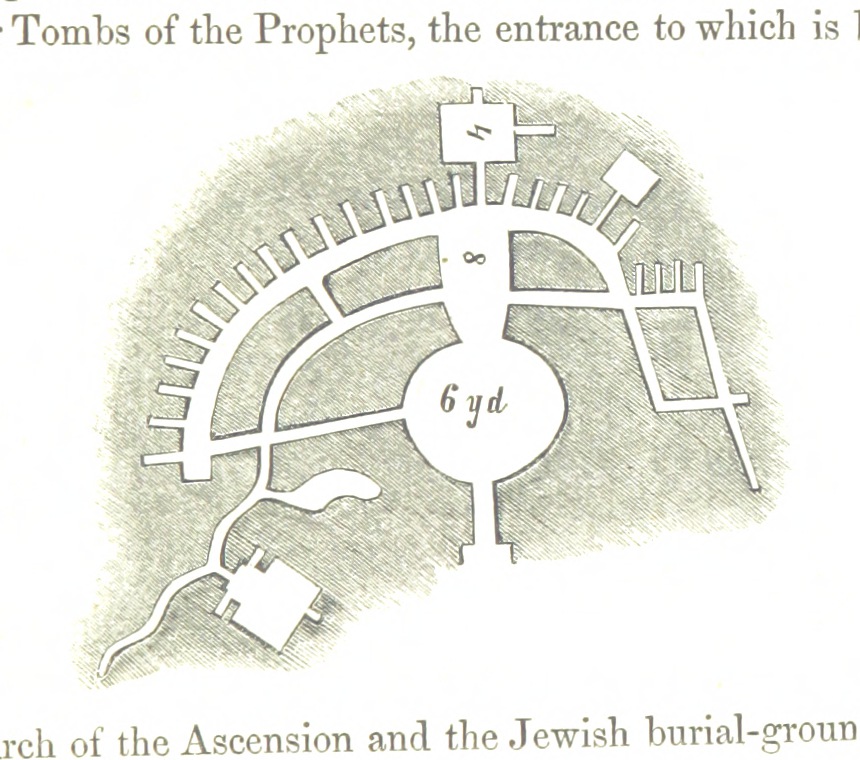

Located in a cave on the upper western slope of the Mount of Olives in Jerusalem, the Tomb of the Prophets is believed to be the burial site of Haggai, Zechariah and Malachi, three Jewish prophets that died in the 6th and 5th centuries BCE. The tomb has been a popular Jewish pilgrimage and tourist site since medieval times.
Today, the Tomb of the Prophets attracts visitors from all over the world. The entrance is located within a private yard; the elderly man living nearby serves as the site’s caretaker and allows anyone to enter for a small fee (5 NIS, or about one US dollar).
King David’s Tomb in Jerusalem
According to the Tanakh (1 Kings 10), King David — who lived around the year 1,000 BCE — died at the age of 70 and was buried in the City of David, in Jerusalem’s Old City. Oral legends arose in the ninth century CE that King David’s tomb had been discovered on Mount Zion in Jerusalem’s Old City. Contemporary historians and archaeologists have disproved this claim, but the tomb continues to attract Jewish and non-Jewish visitors today.
